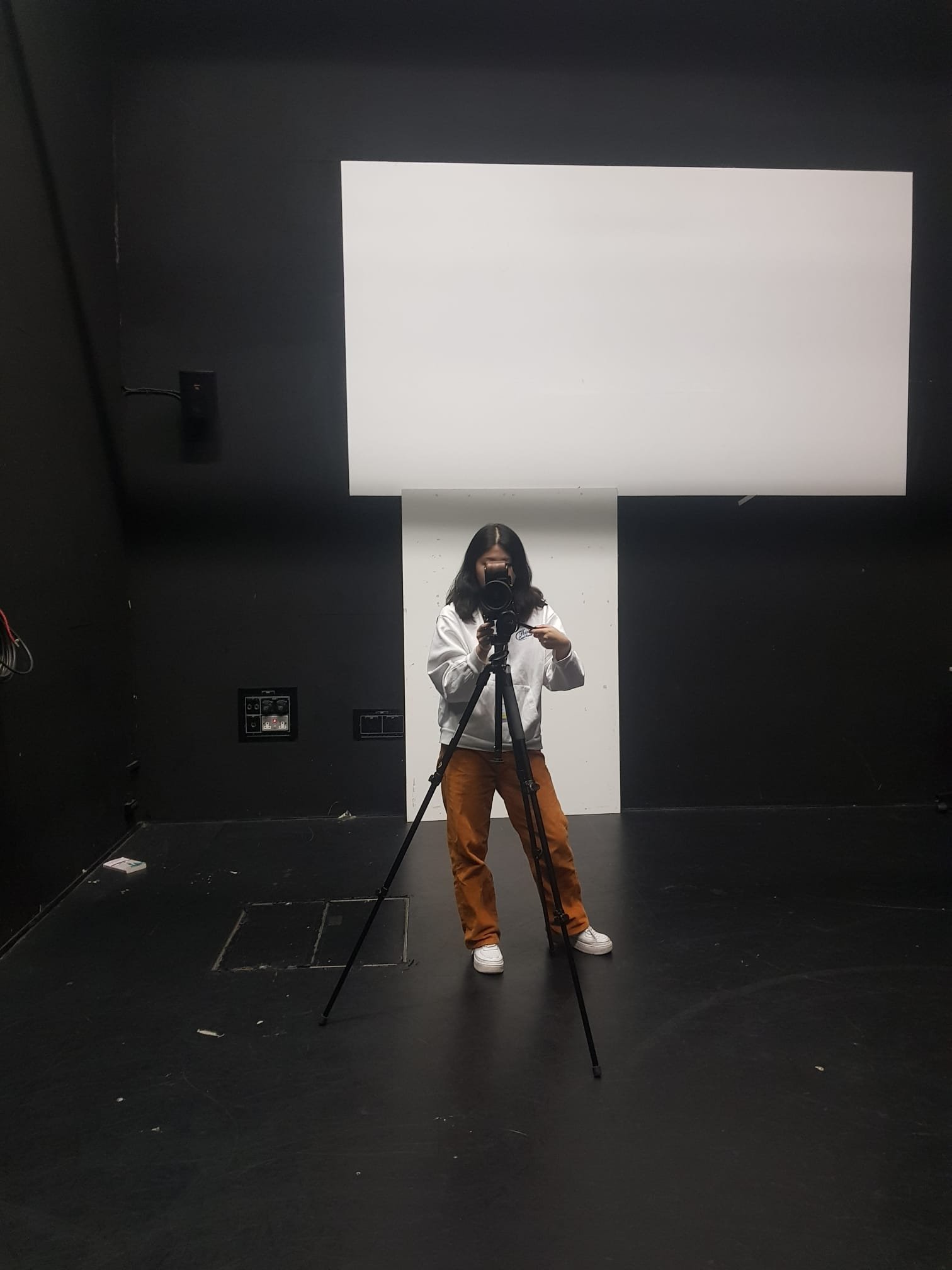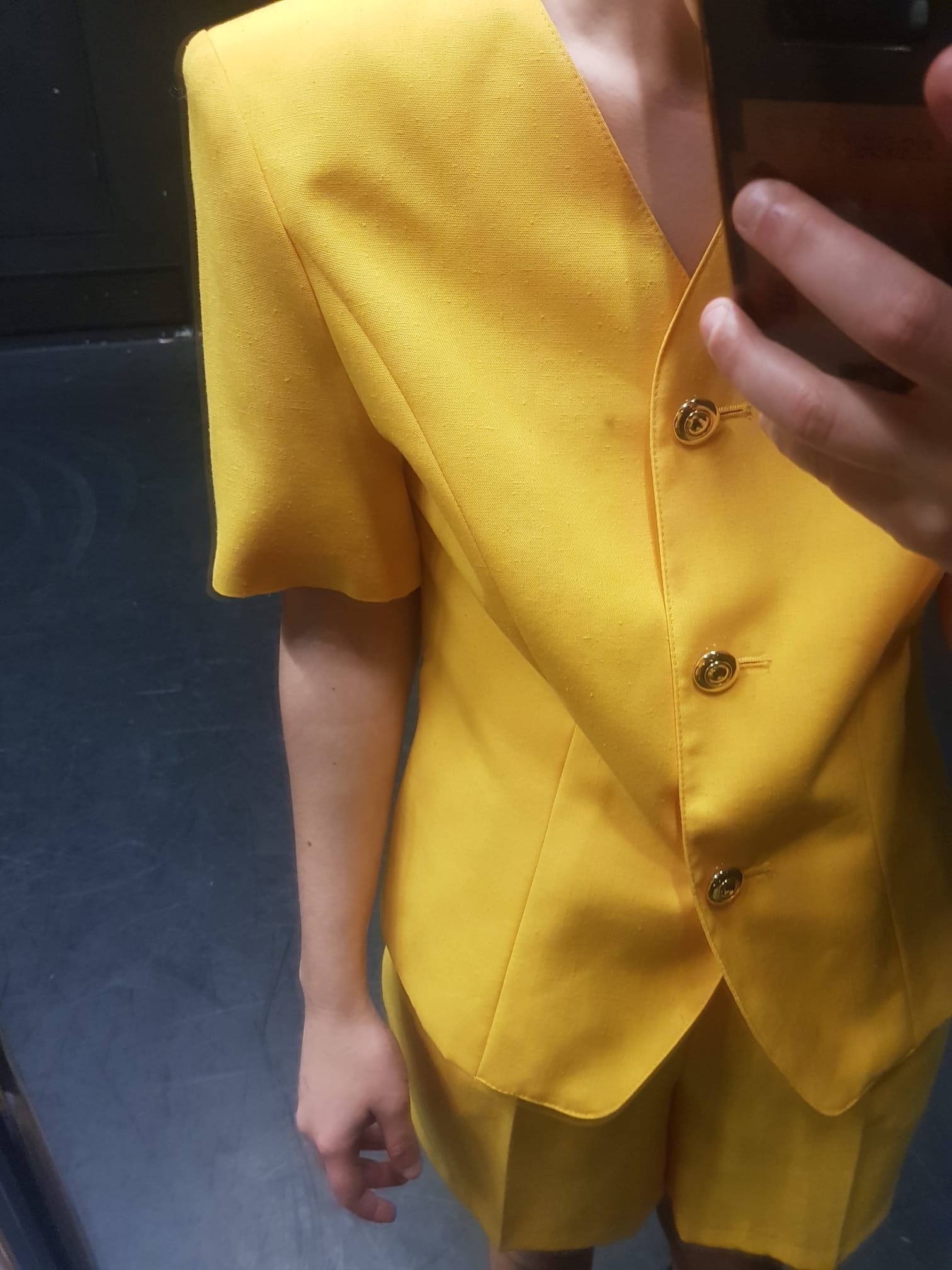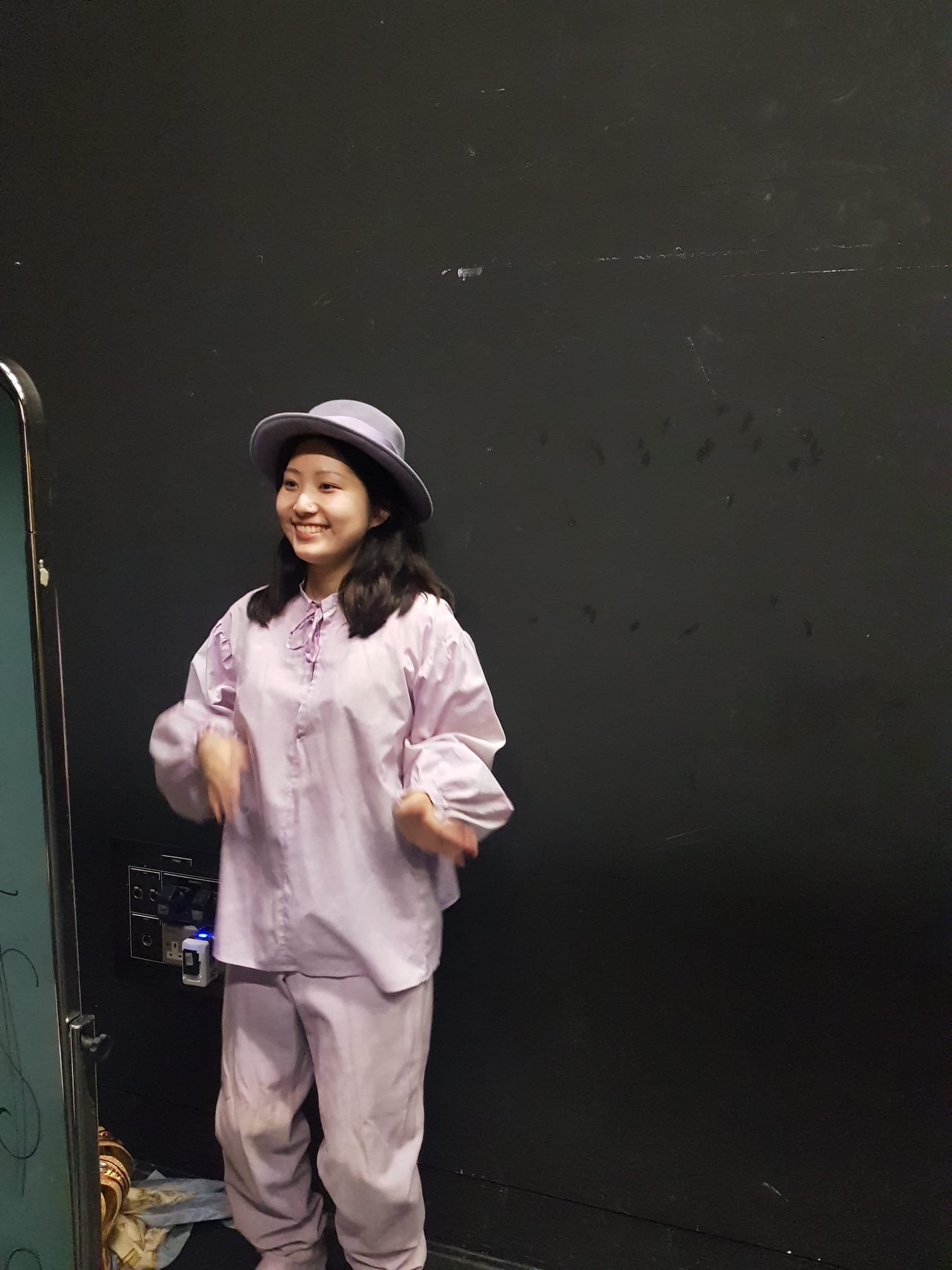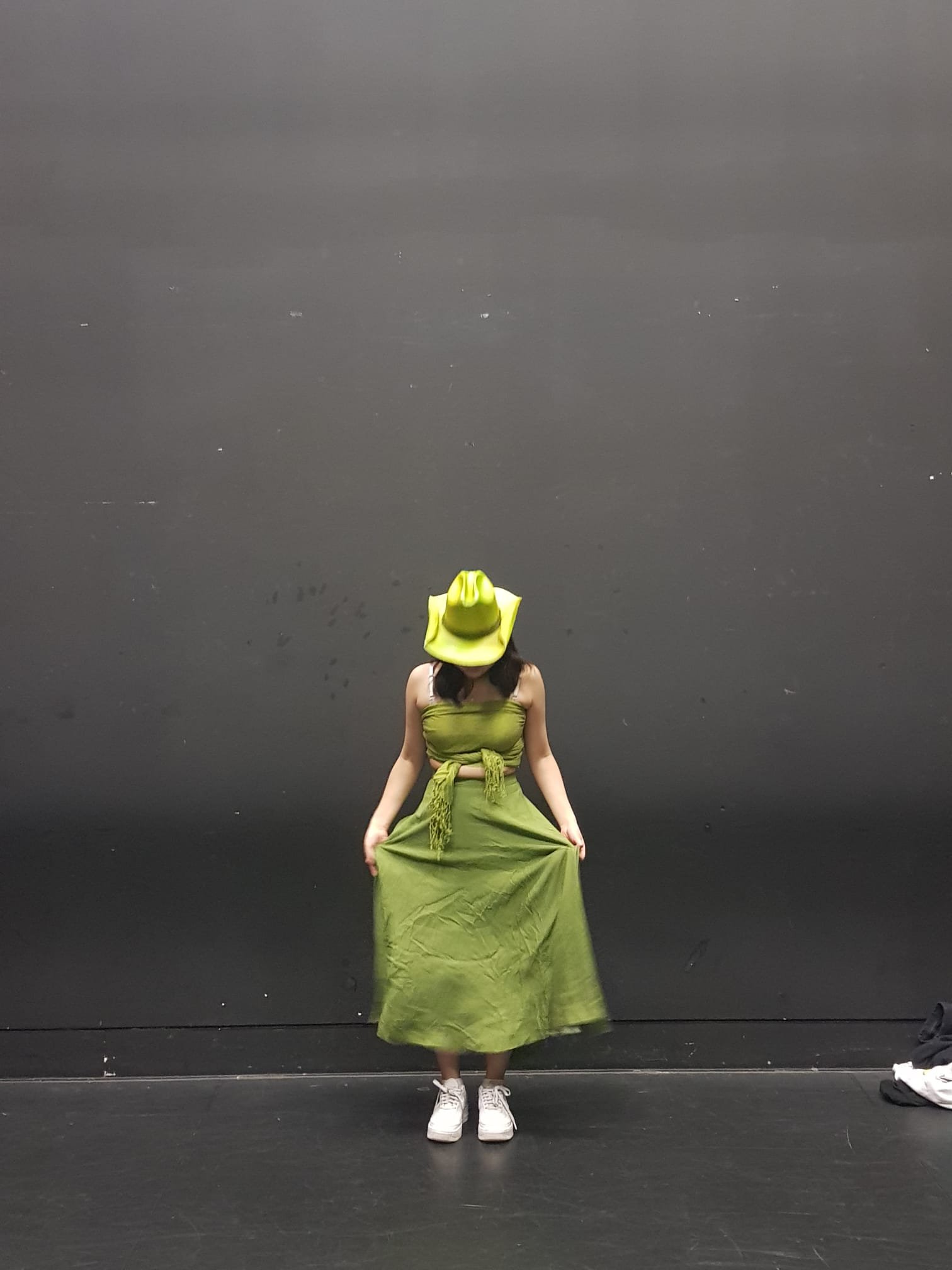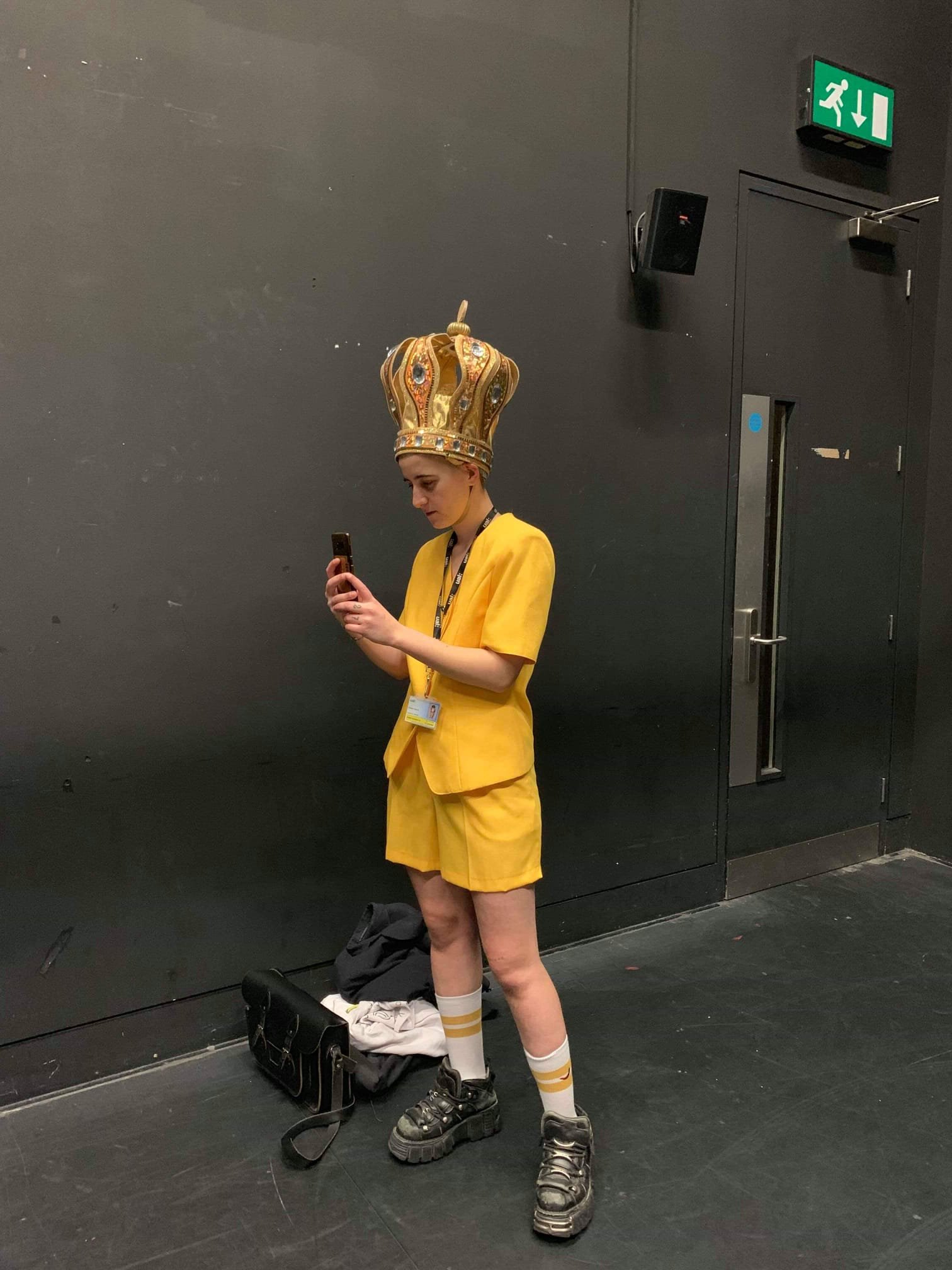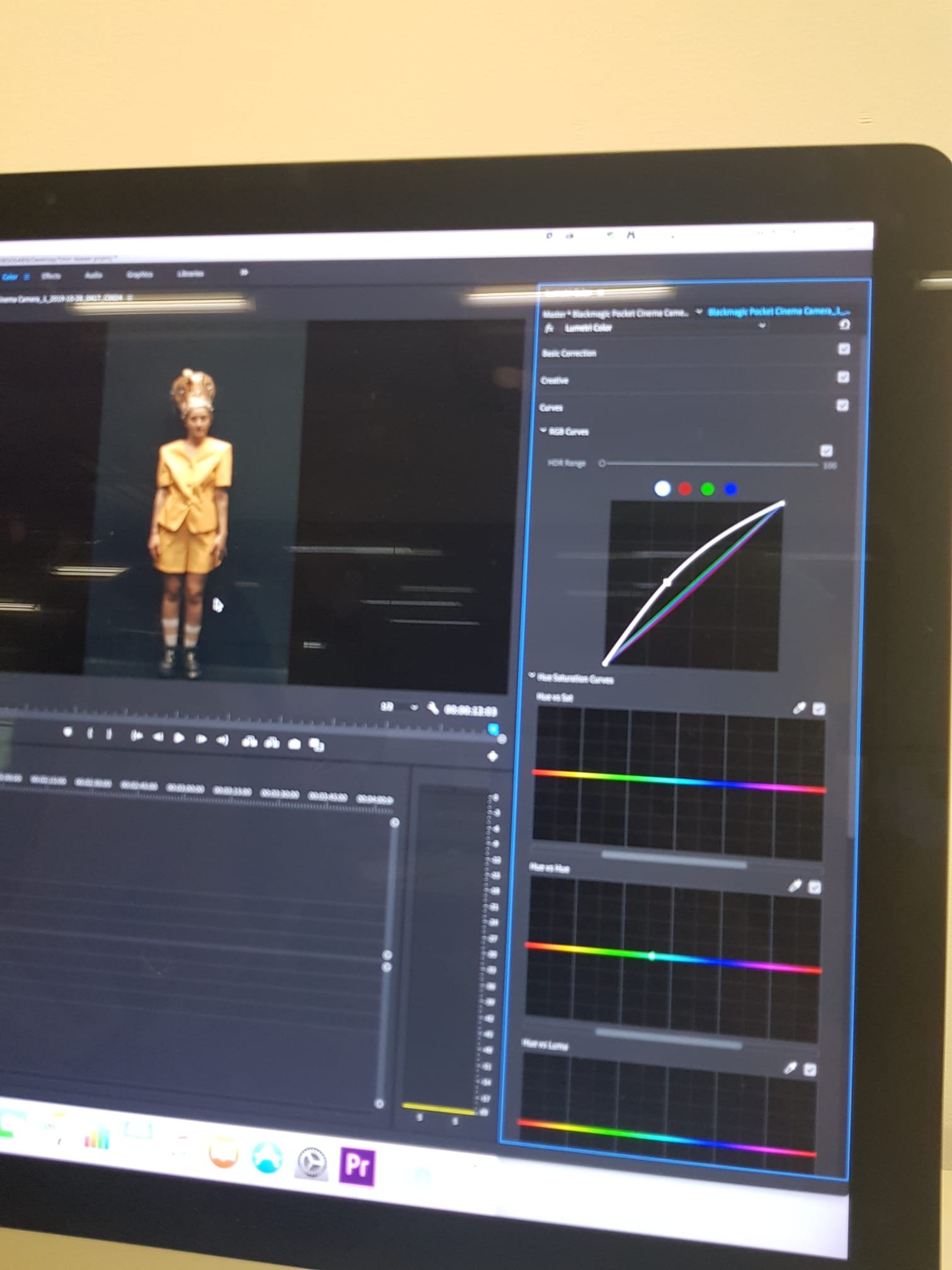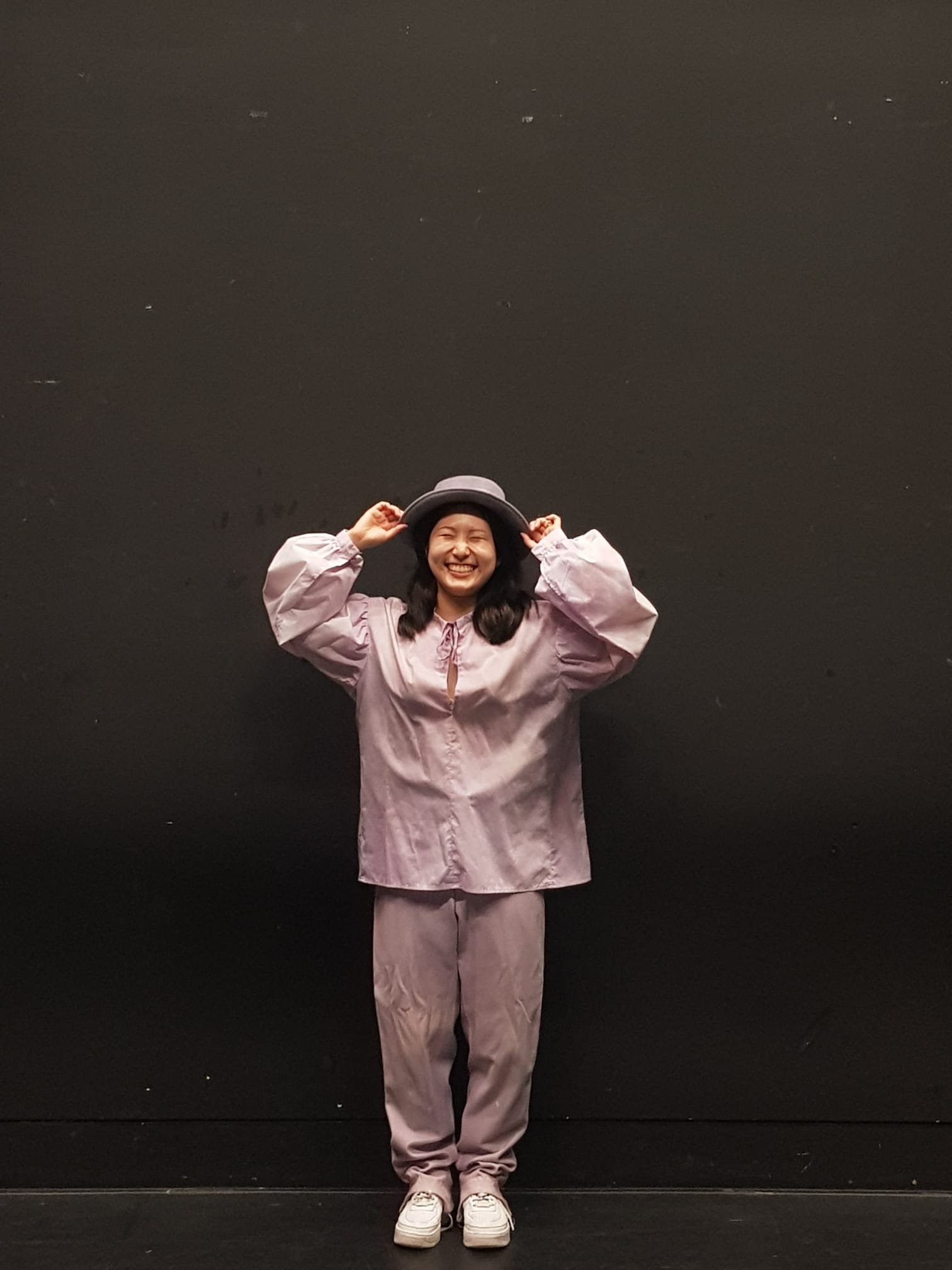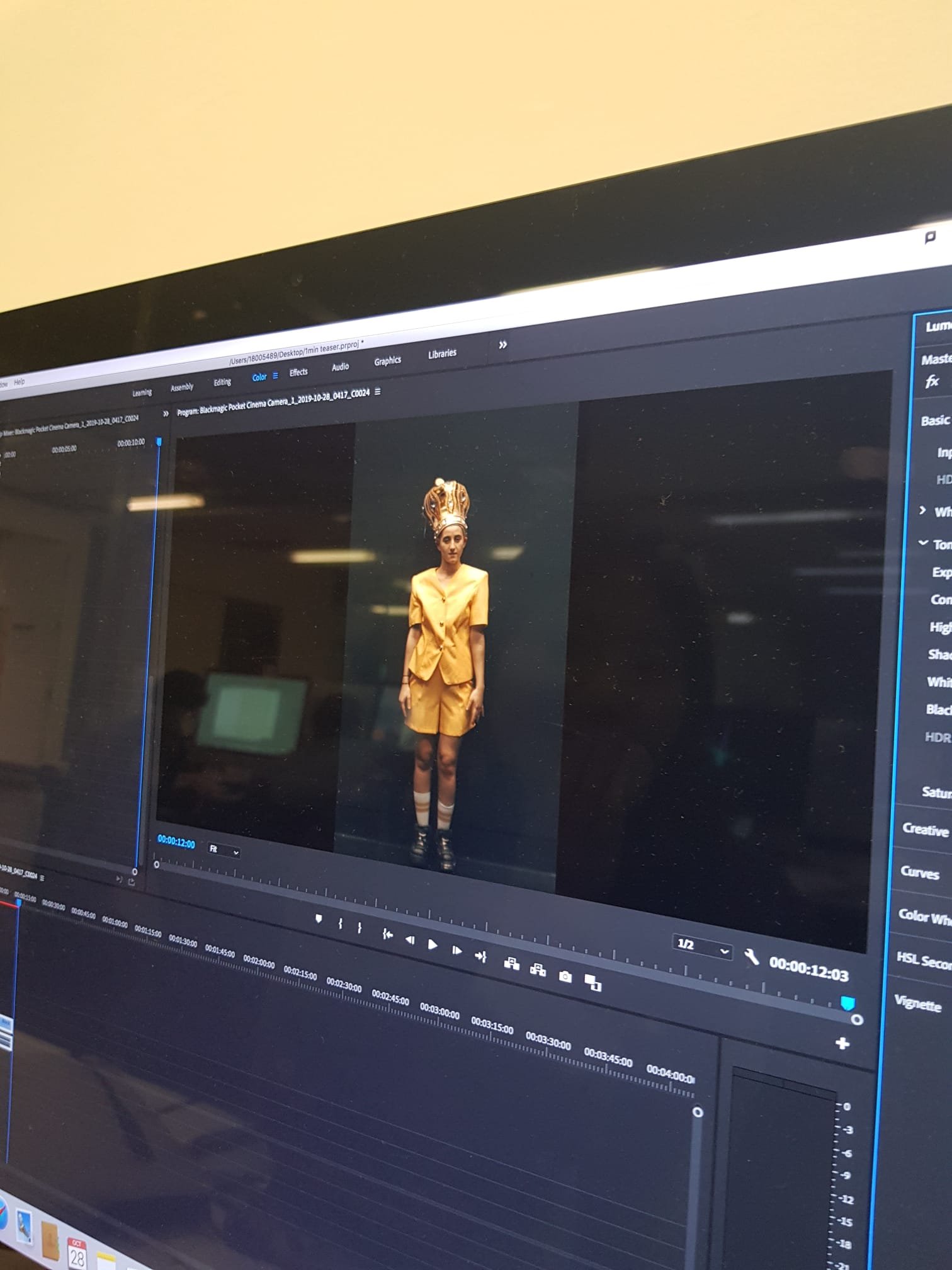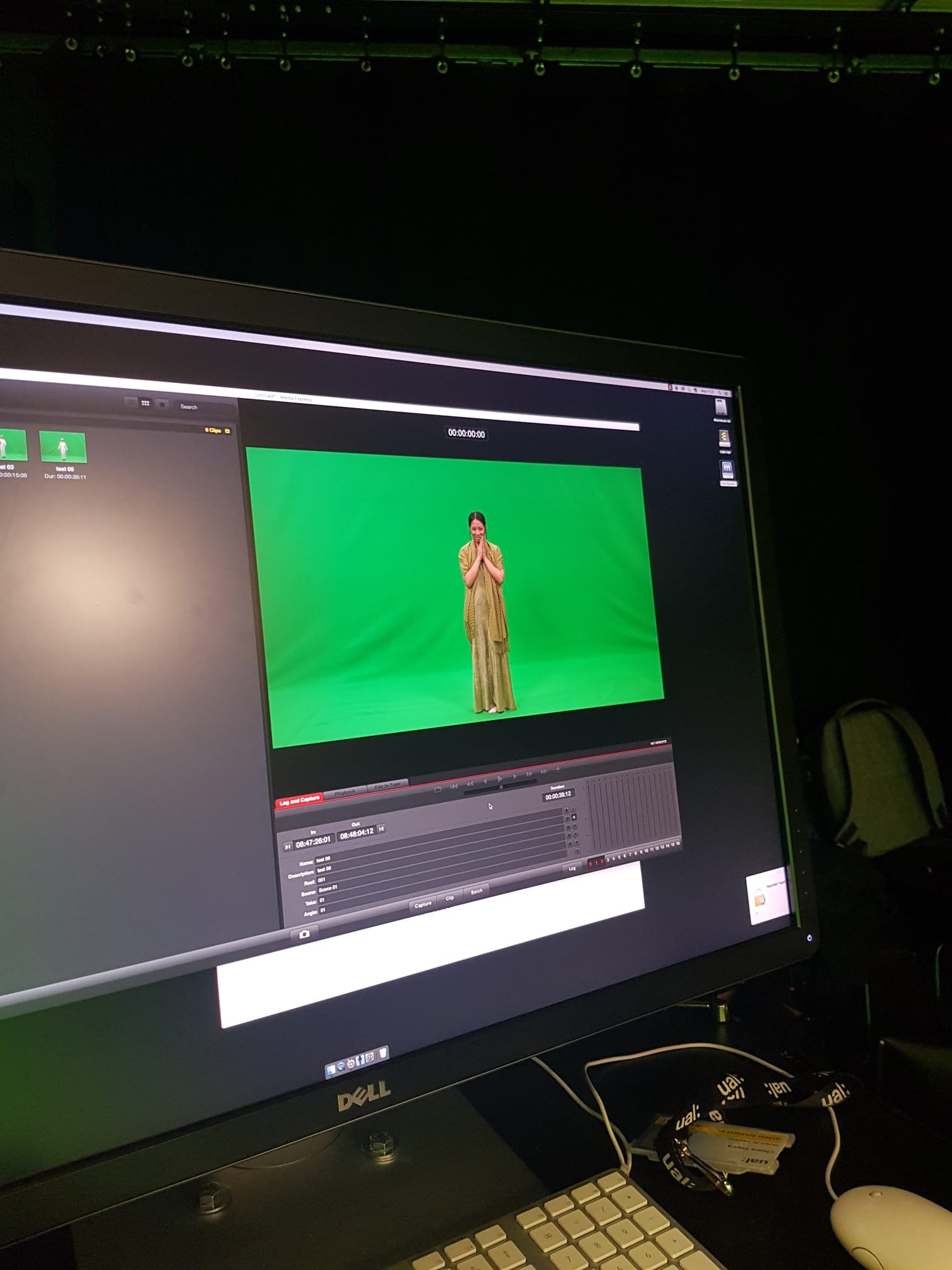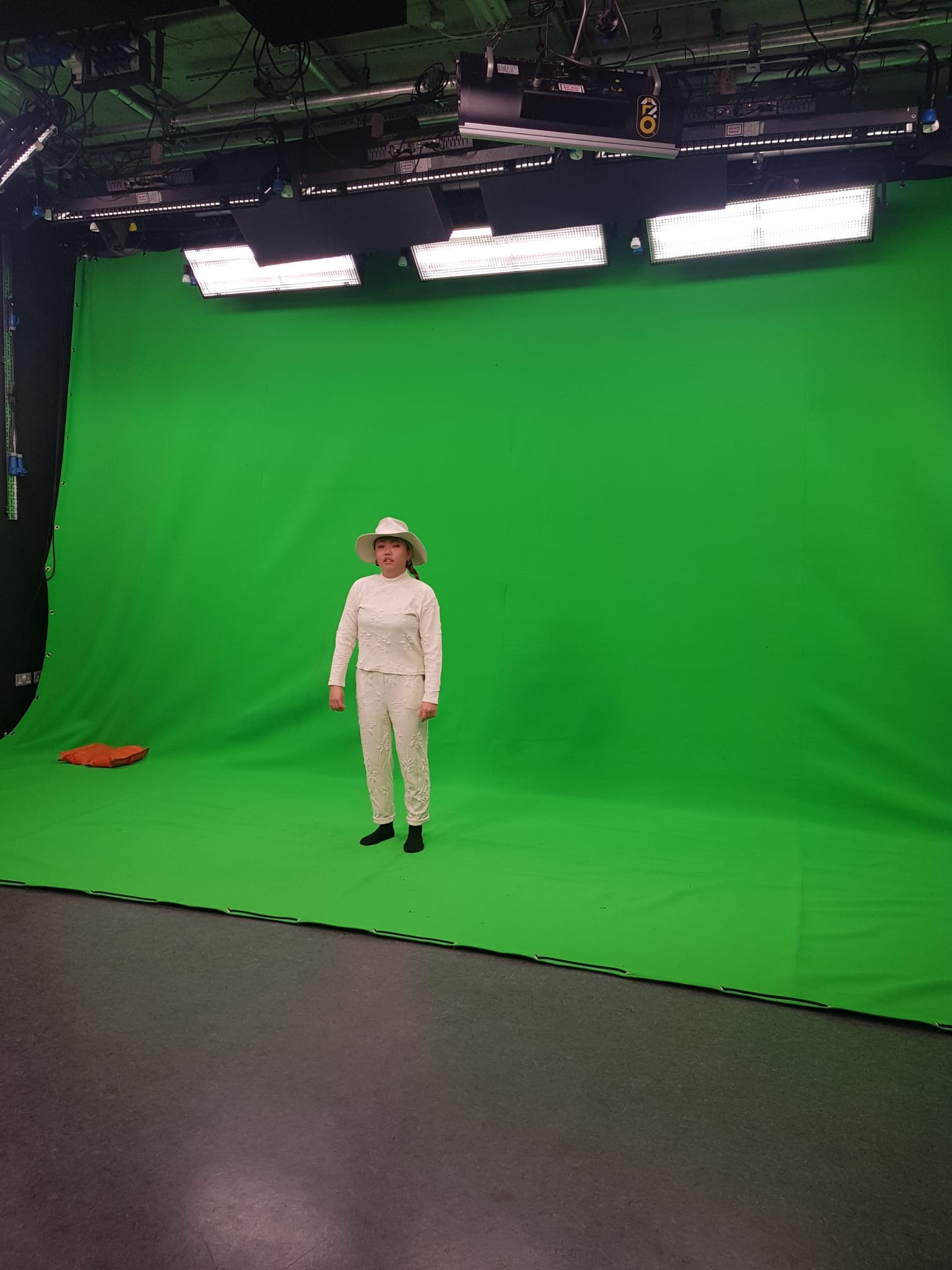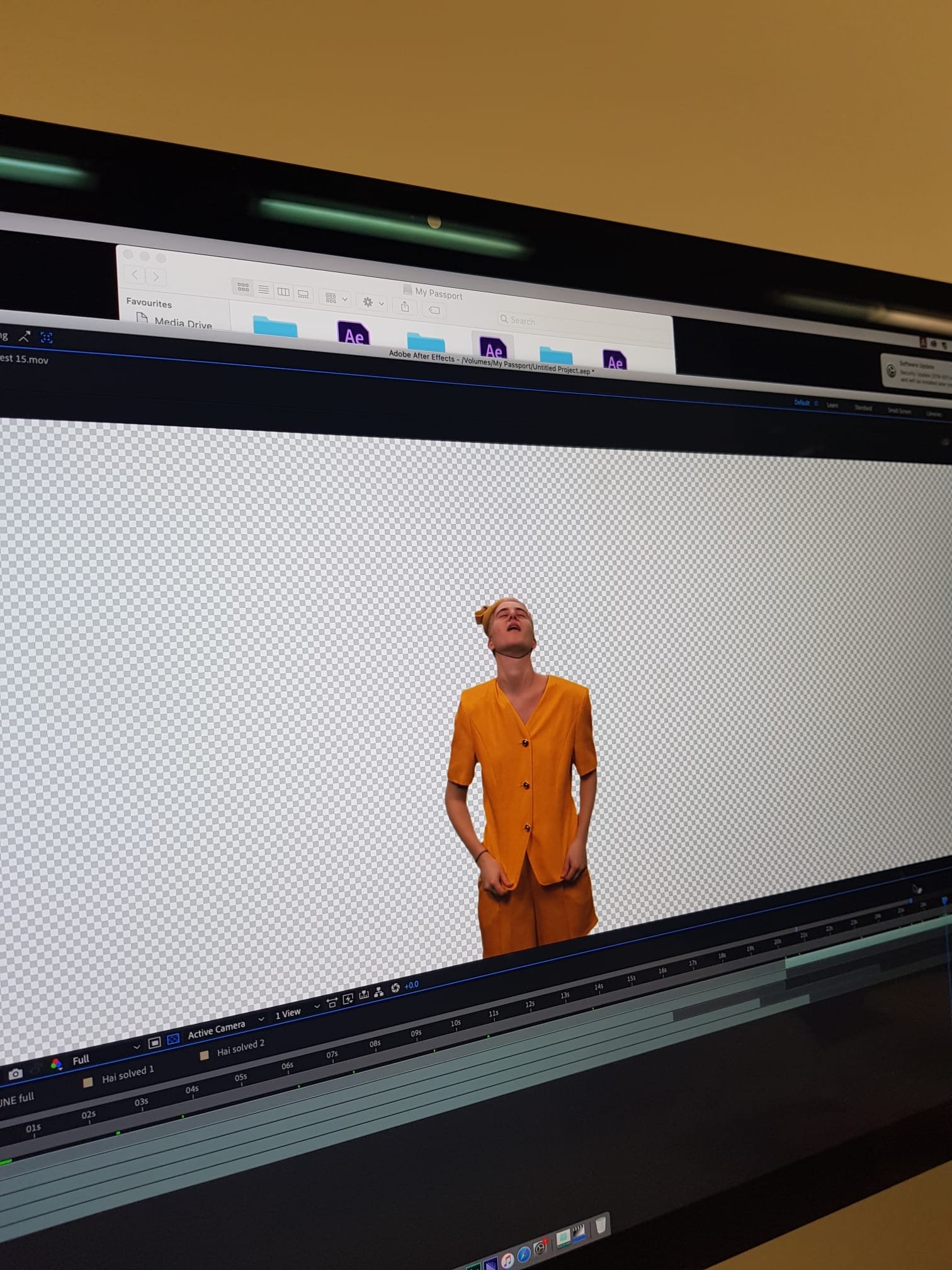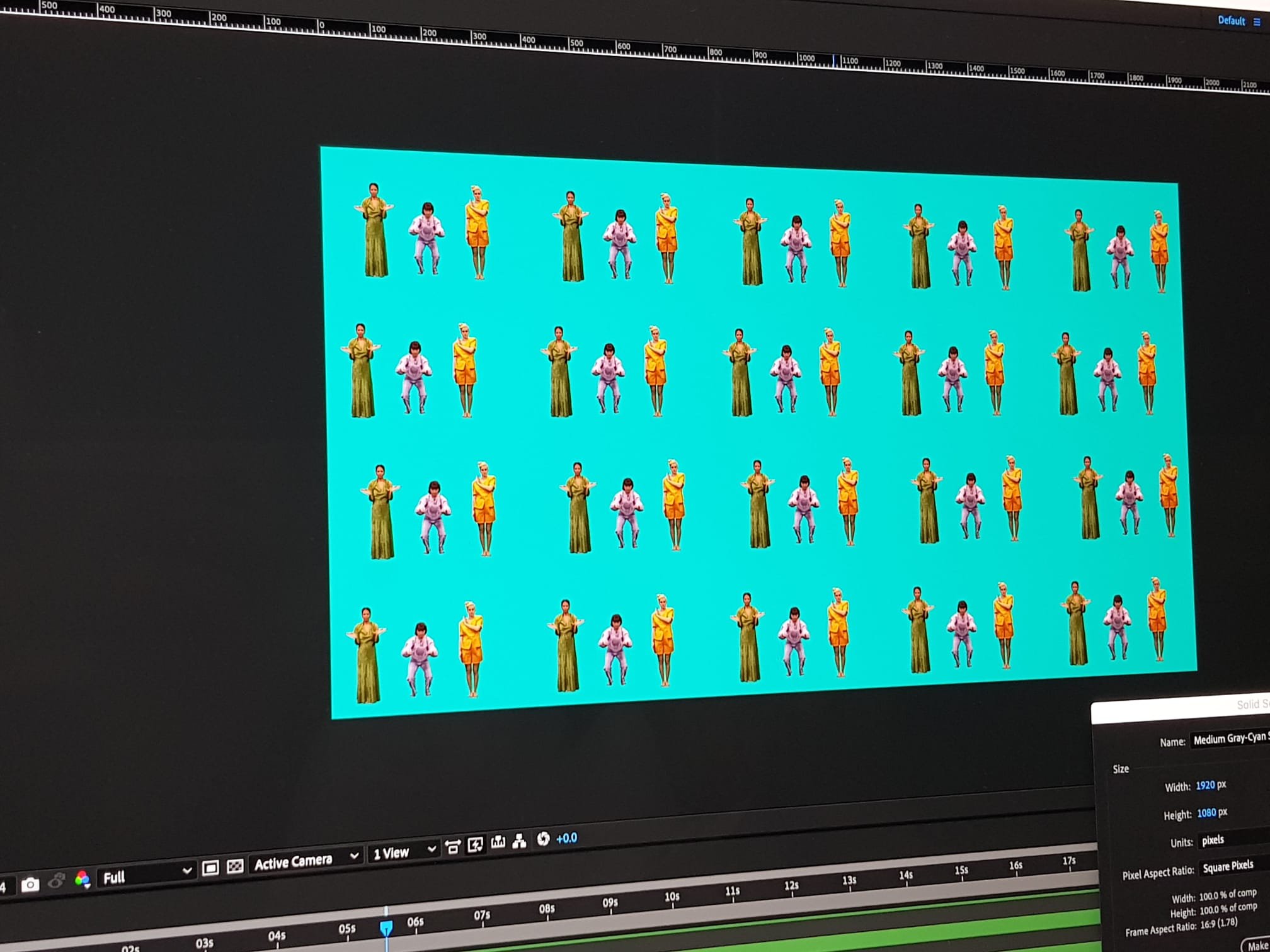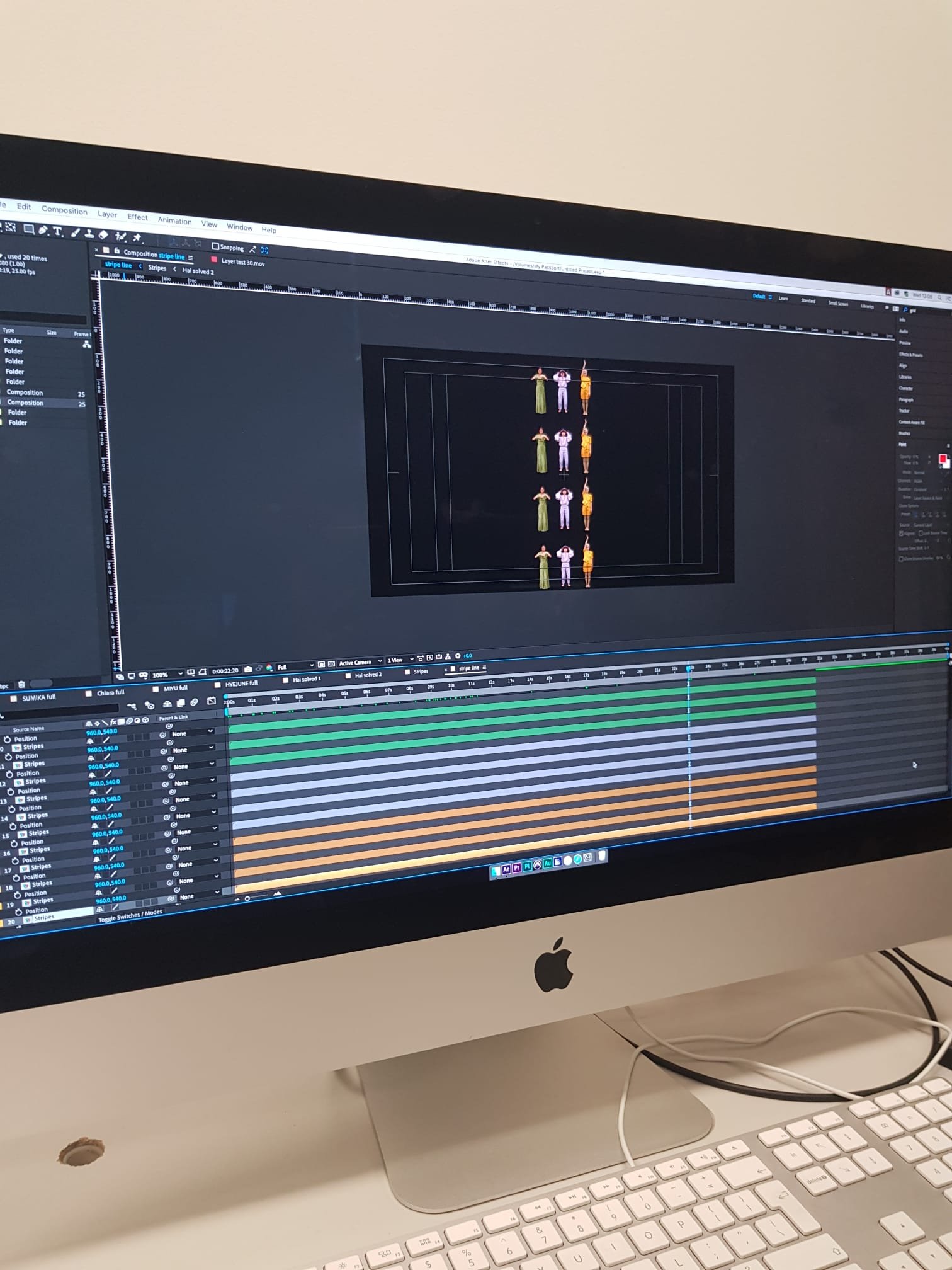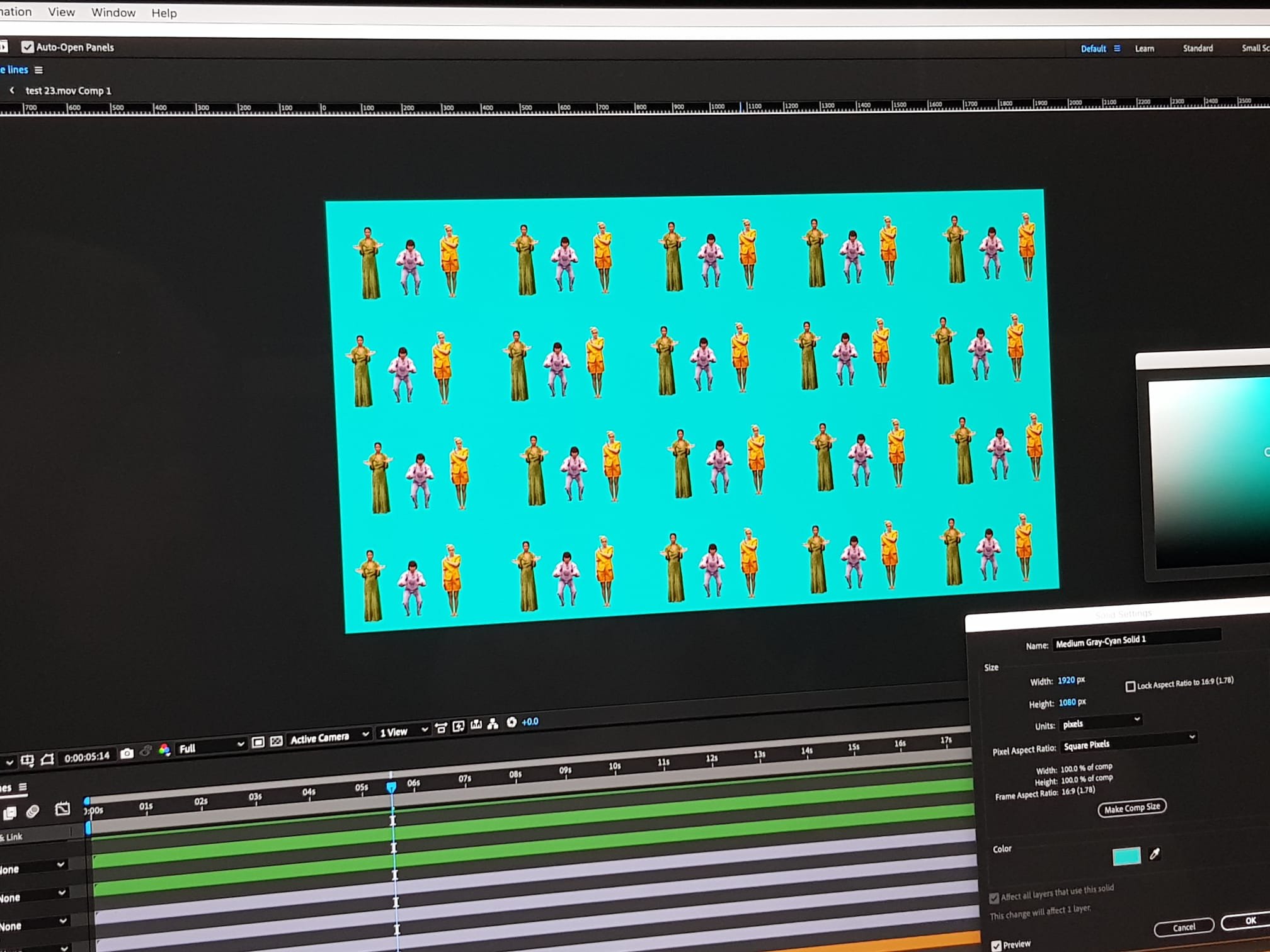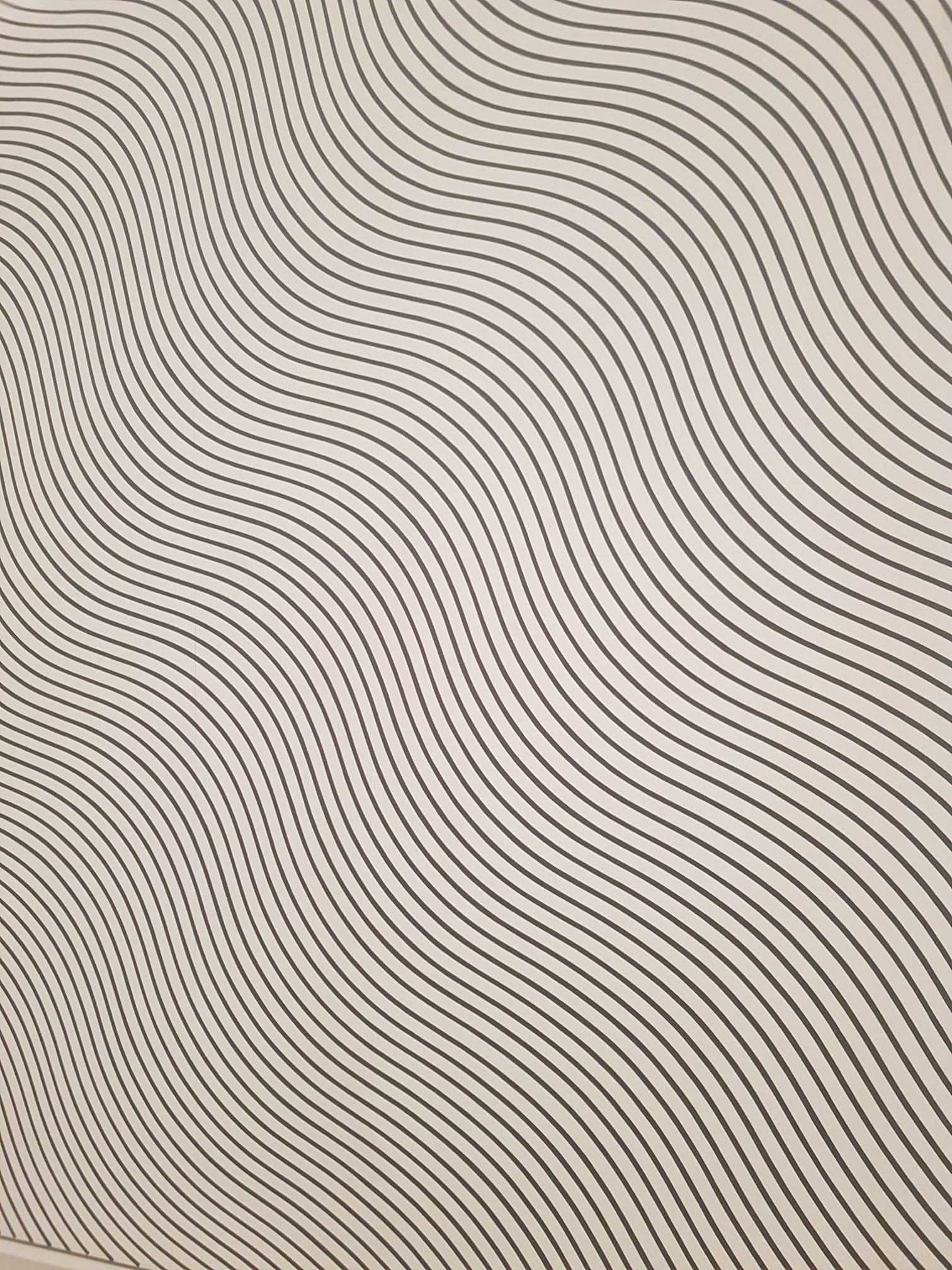
Déjavu
This project was a collaboration with the London Sinfonietta Orchestra (one of the world’s finest new music ensemble making cutting-edge contemporary classical music) that culminated in a live event for the public at the Southbank Centre on the 5th December 2019.
The event was the world premiere of a new composition by George Friedrich Haas, and it was a commission to create a short film to be shown during the concert, inspired by the Hayward Gallery’s Bridget Riley’s Exhibition and by sample some of Haas’ back catalogue of compositions as the sound scape.
It all begins with an idea. Maybe you want to launch a business. Maybe you want to turn a hobby into something more. Or maybe you have a creative project to share with the world. Whatever it is, the way you tell your story online can make all the difference. Don’t worry about sounding professional. Sound like you. There are over 1.5 billion websites out there, but your story is what’s going to separate this one from the rest. If you read the words back and don’t hear your own voice in your head, that’s a good sign you still have more work to do.
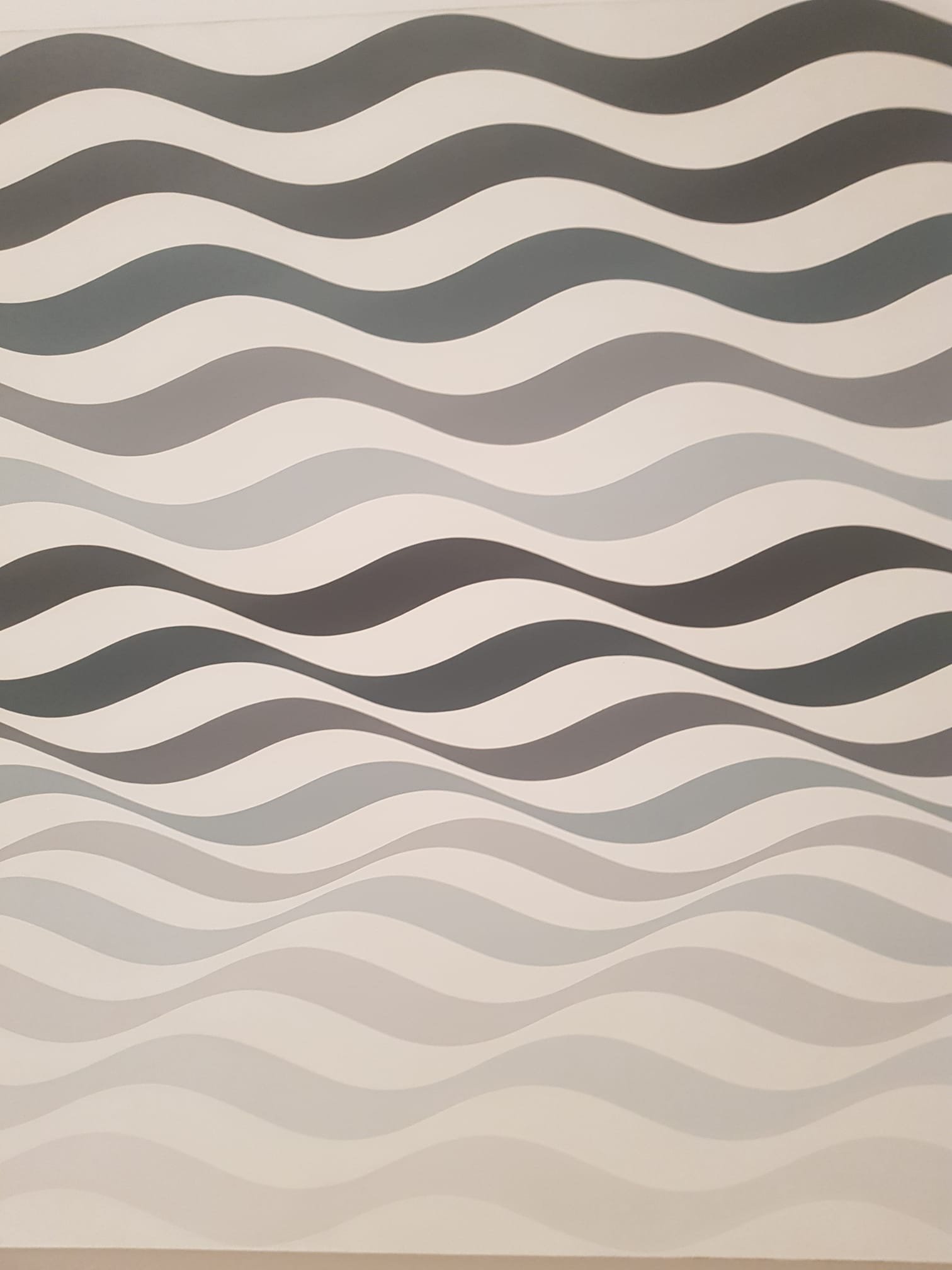
Moodboard and references
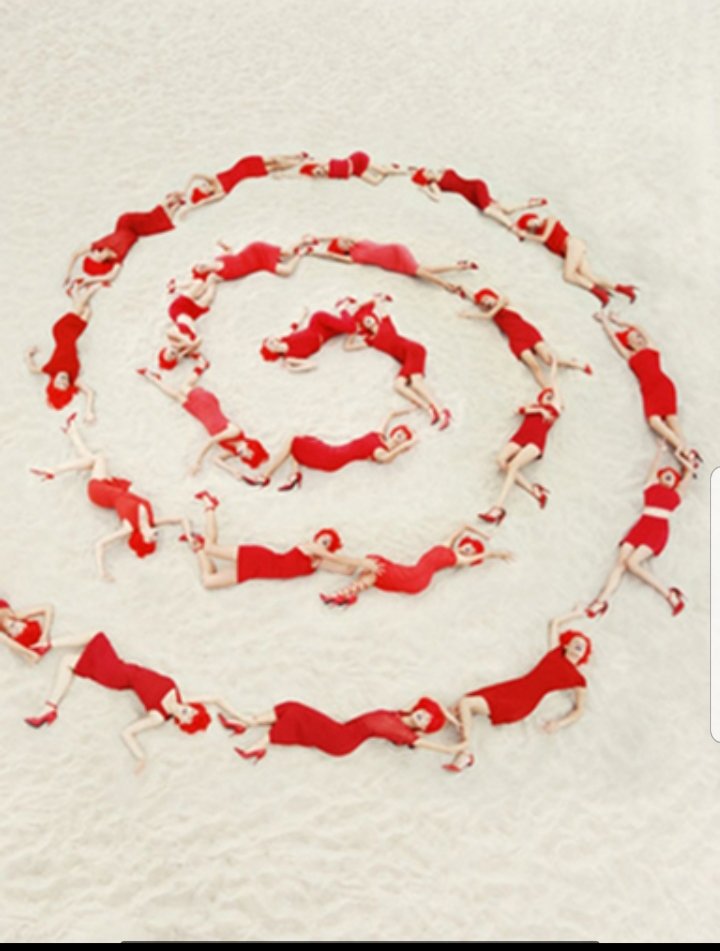


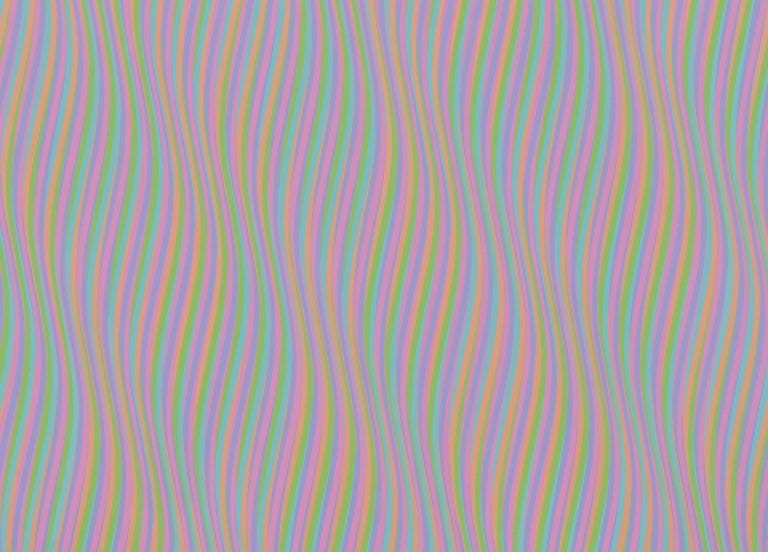
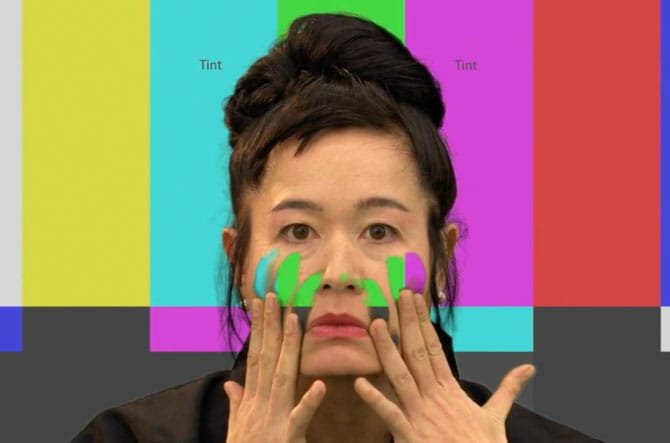
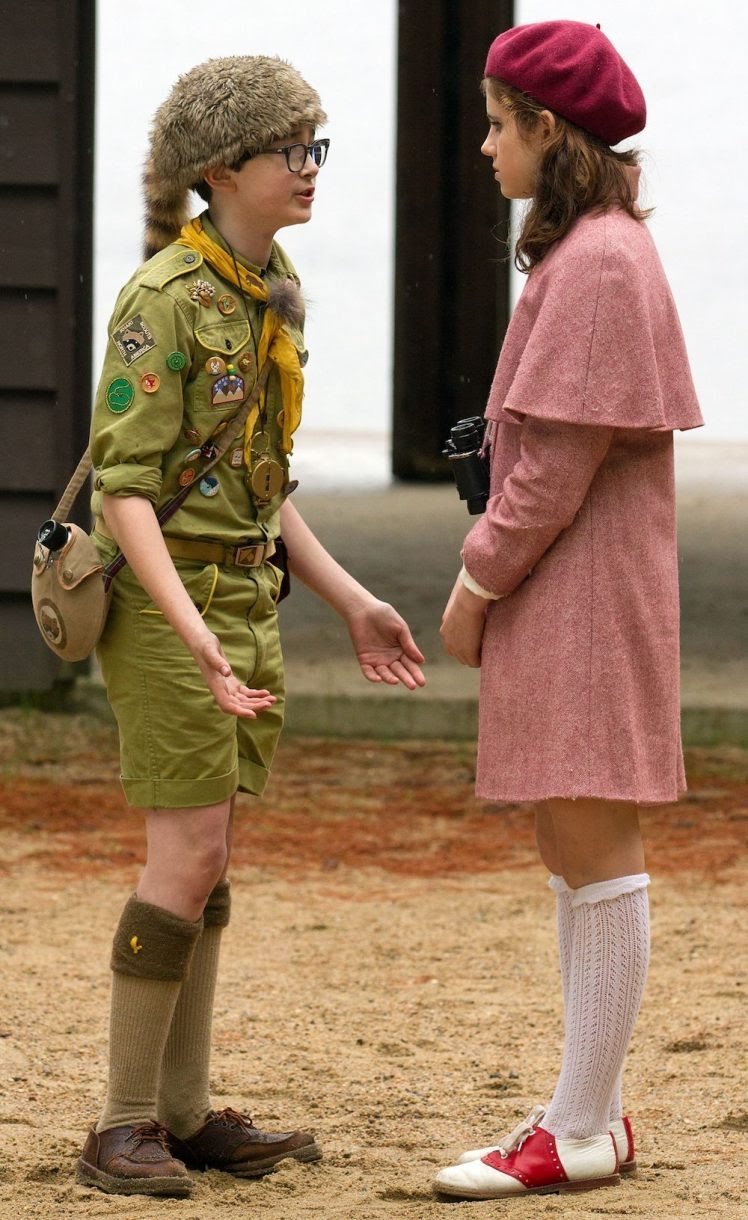
the very first step of our research was to find some visual references to define the mood and the style we wanted to give to our piece of work.
We have drawn from contemporary artists such as Hito Steryl and her “How not to be seen”, from Wes Anderson’s imaginary, and from pieces of photography (David Lachapelle) and abstractism (Mondrian), in order to convey a precise idea of the colour palette, and of the kind of video we were planning to make.
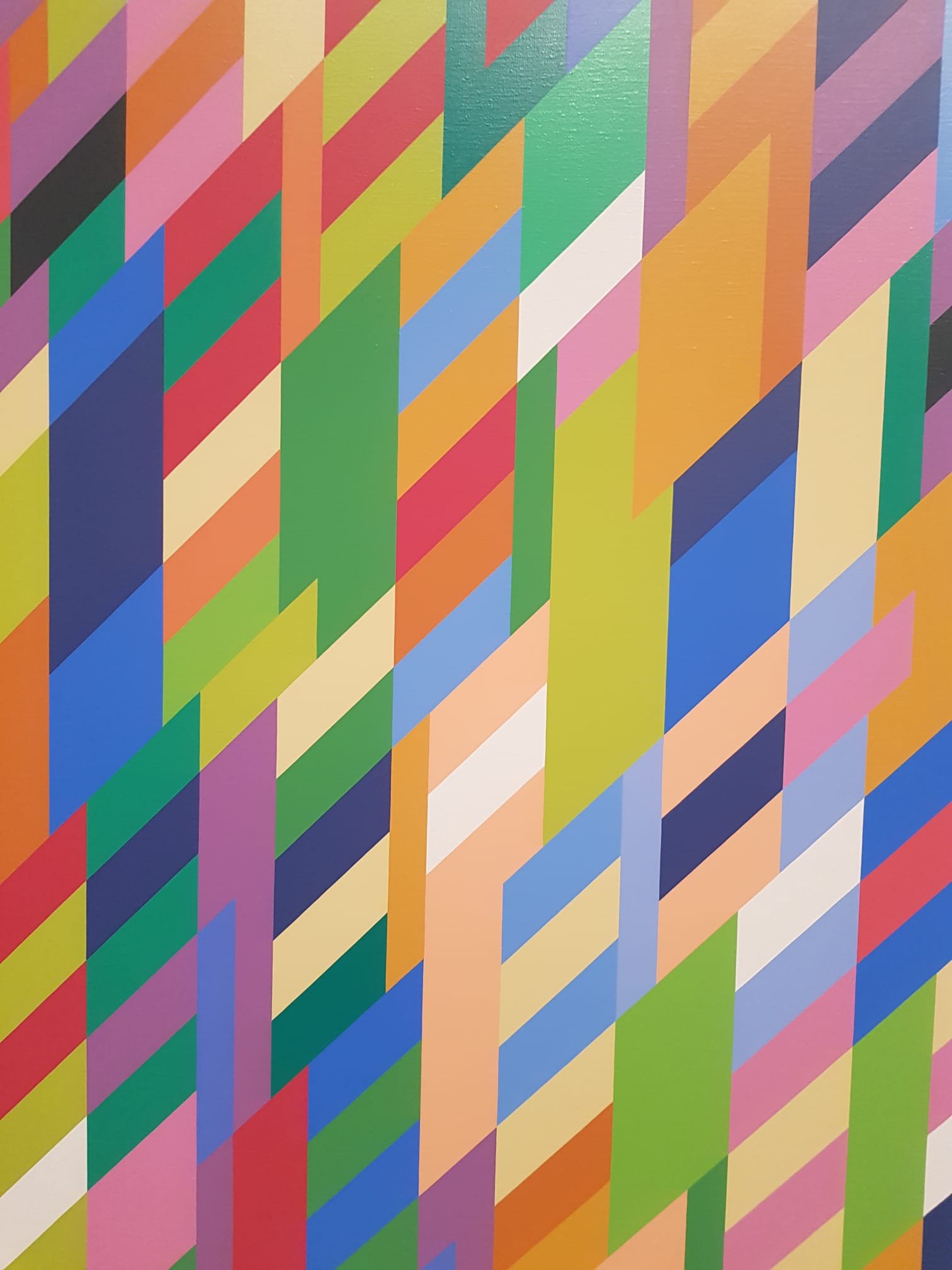
The exhibition. Bridget Riley
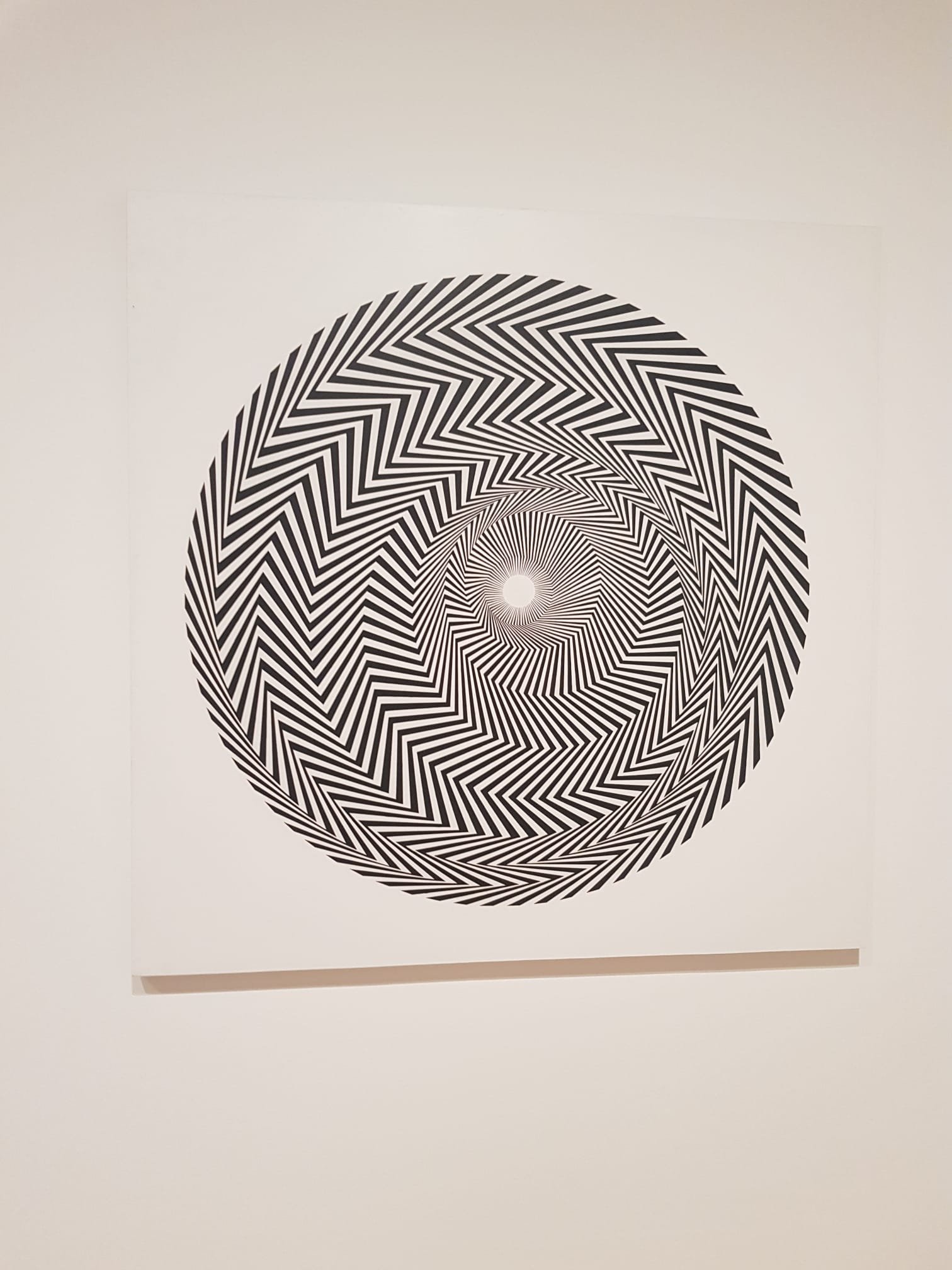
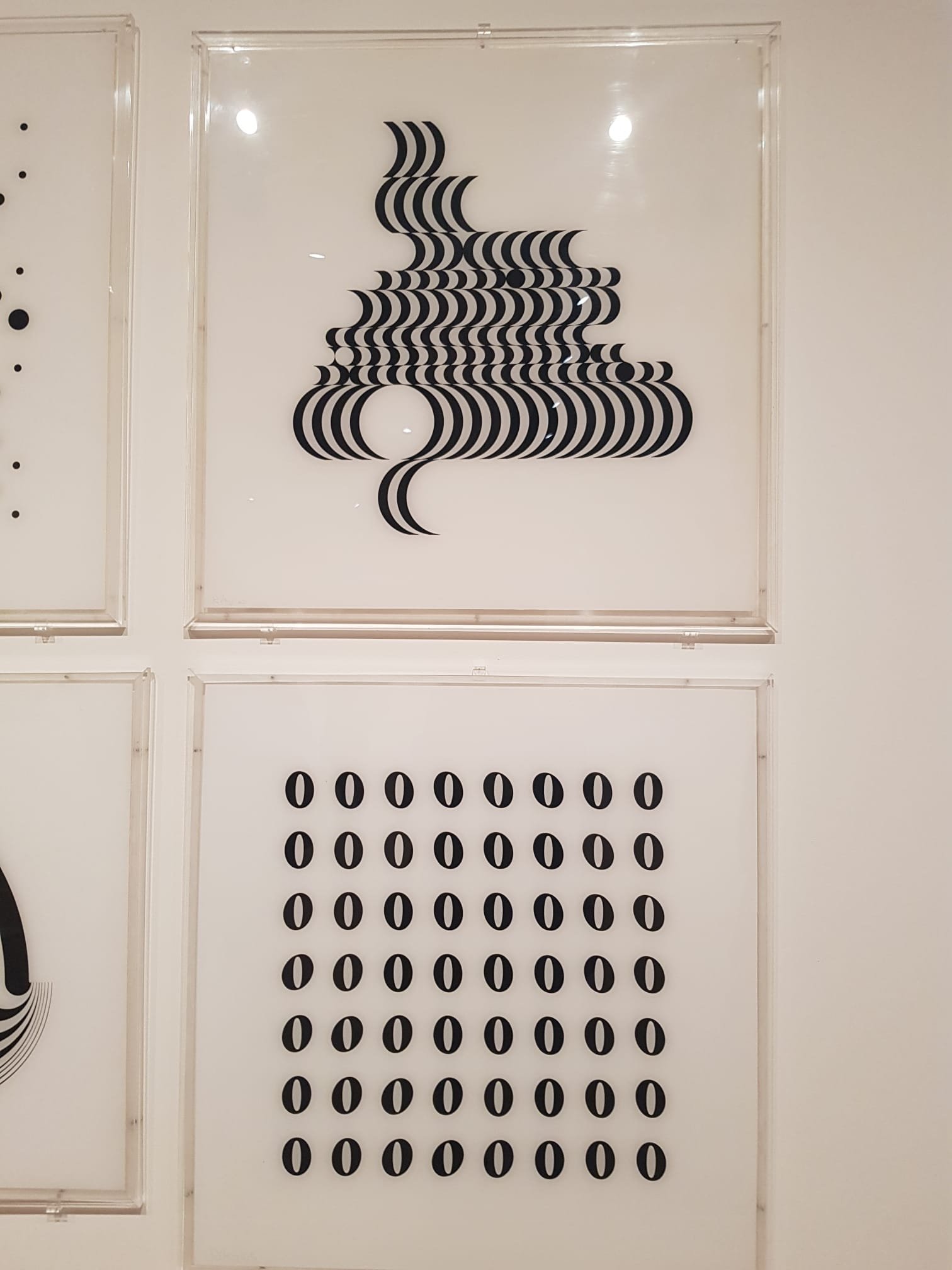
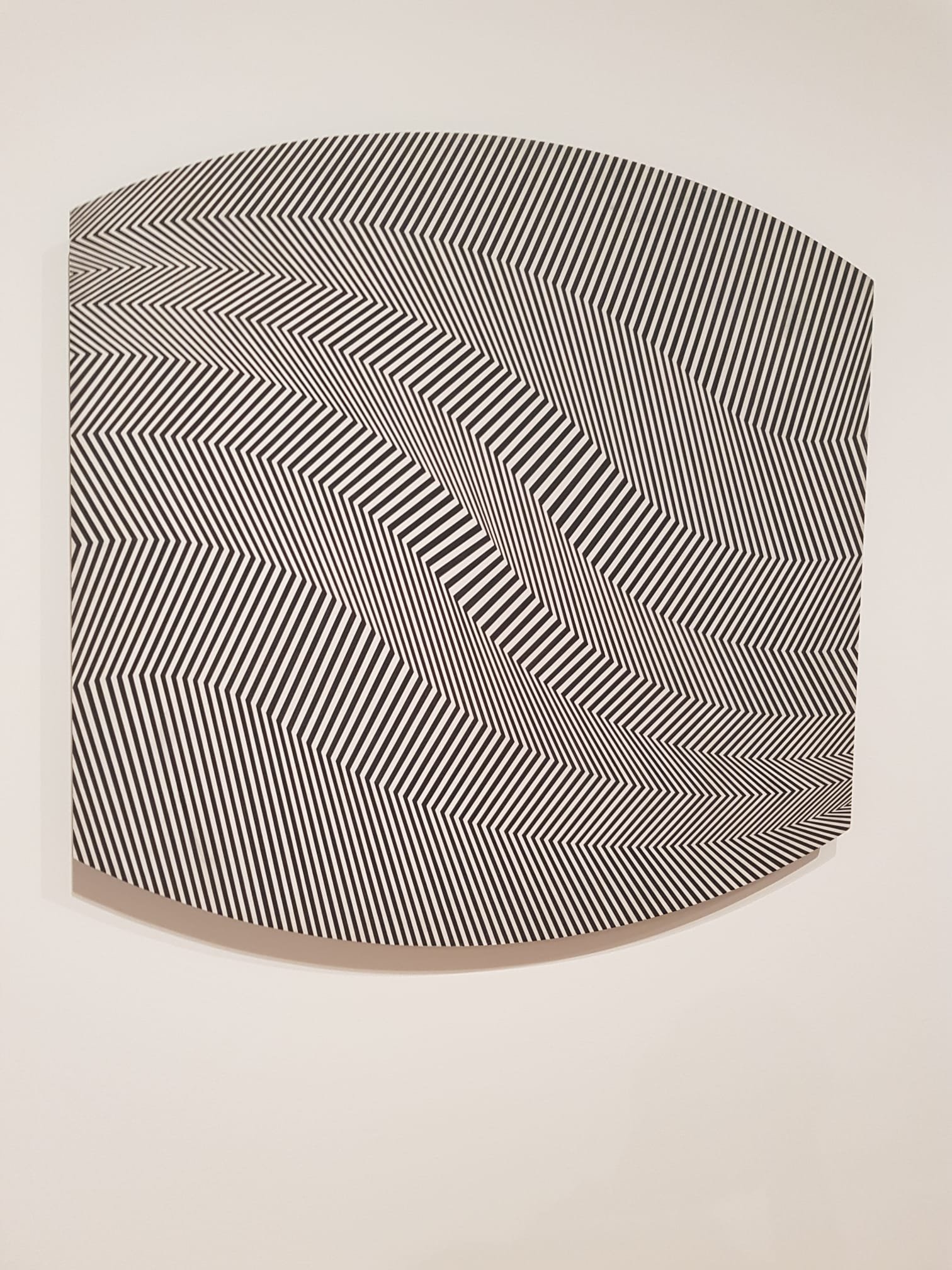

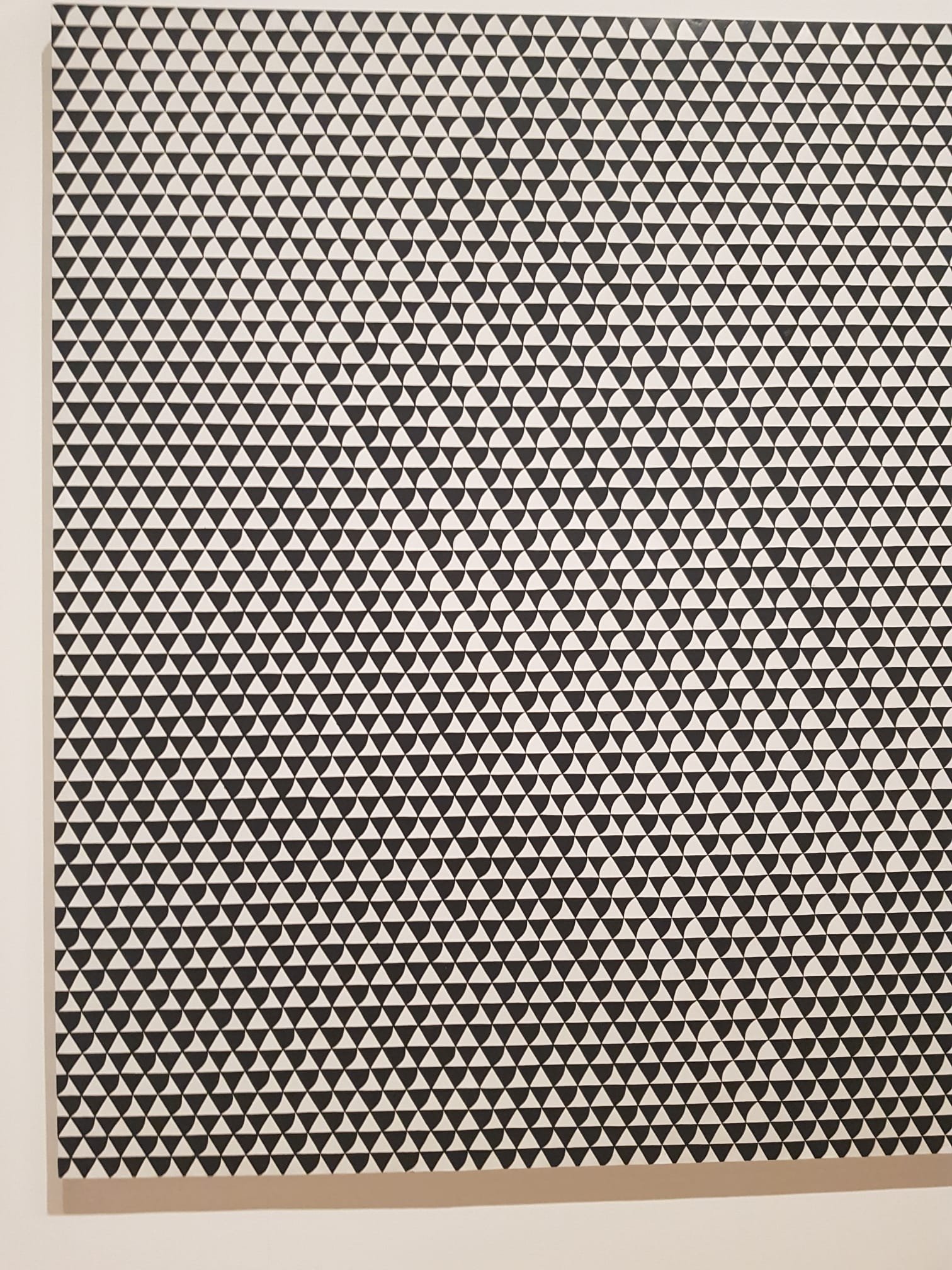
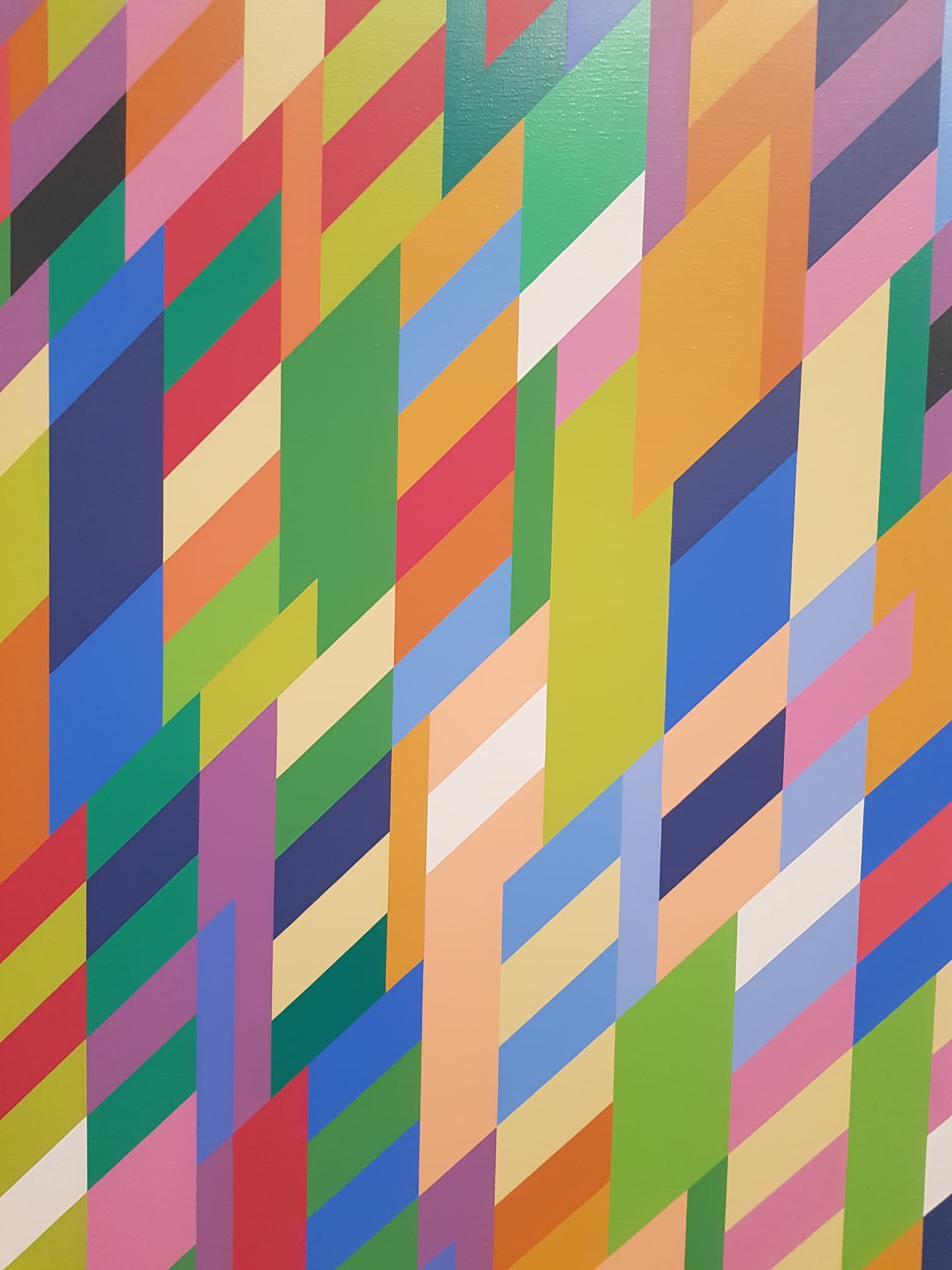
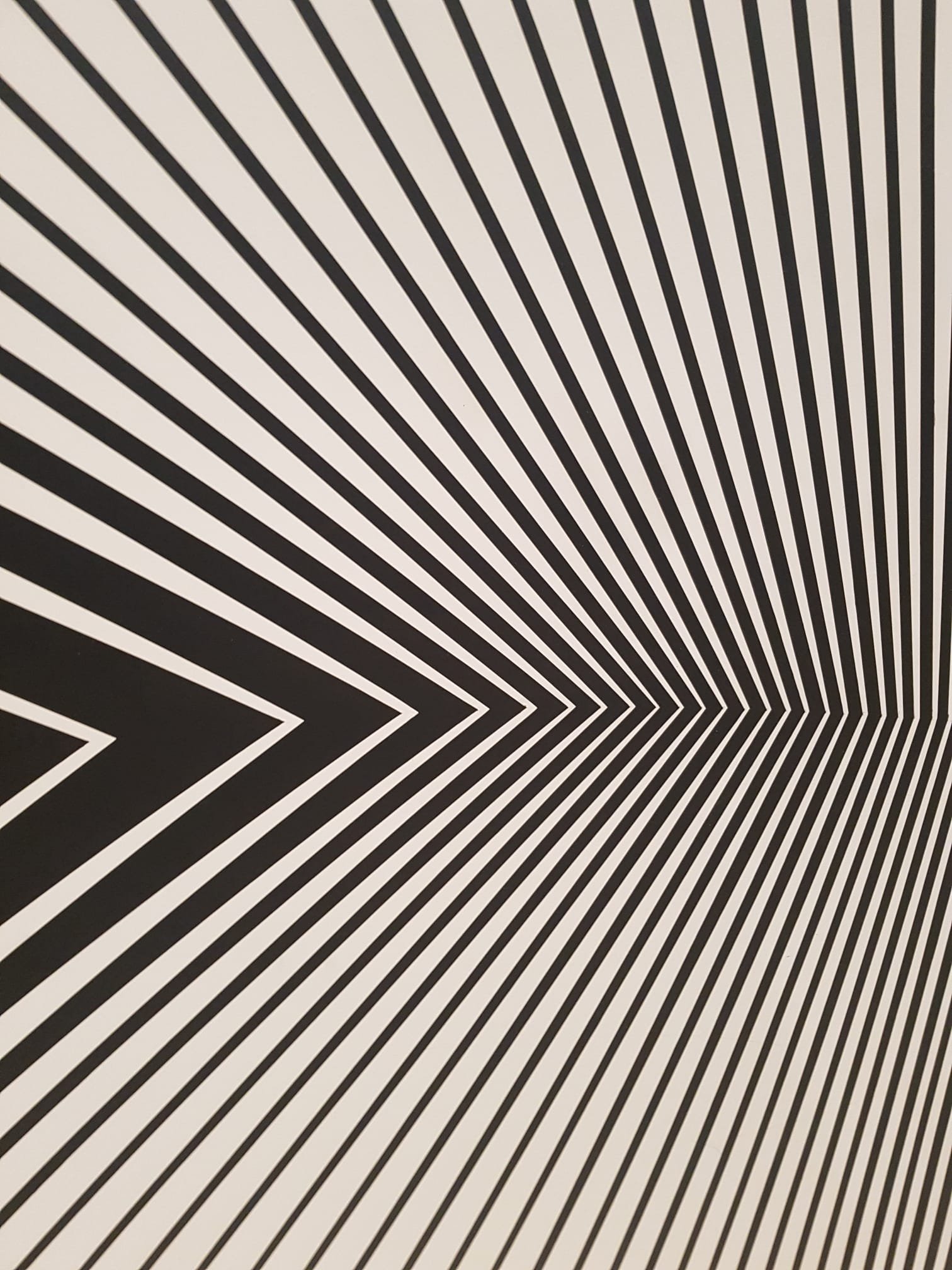

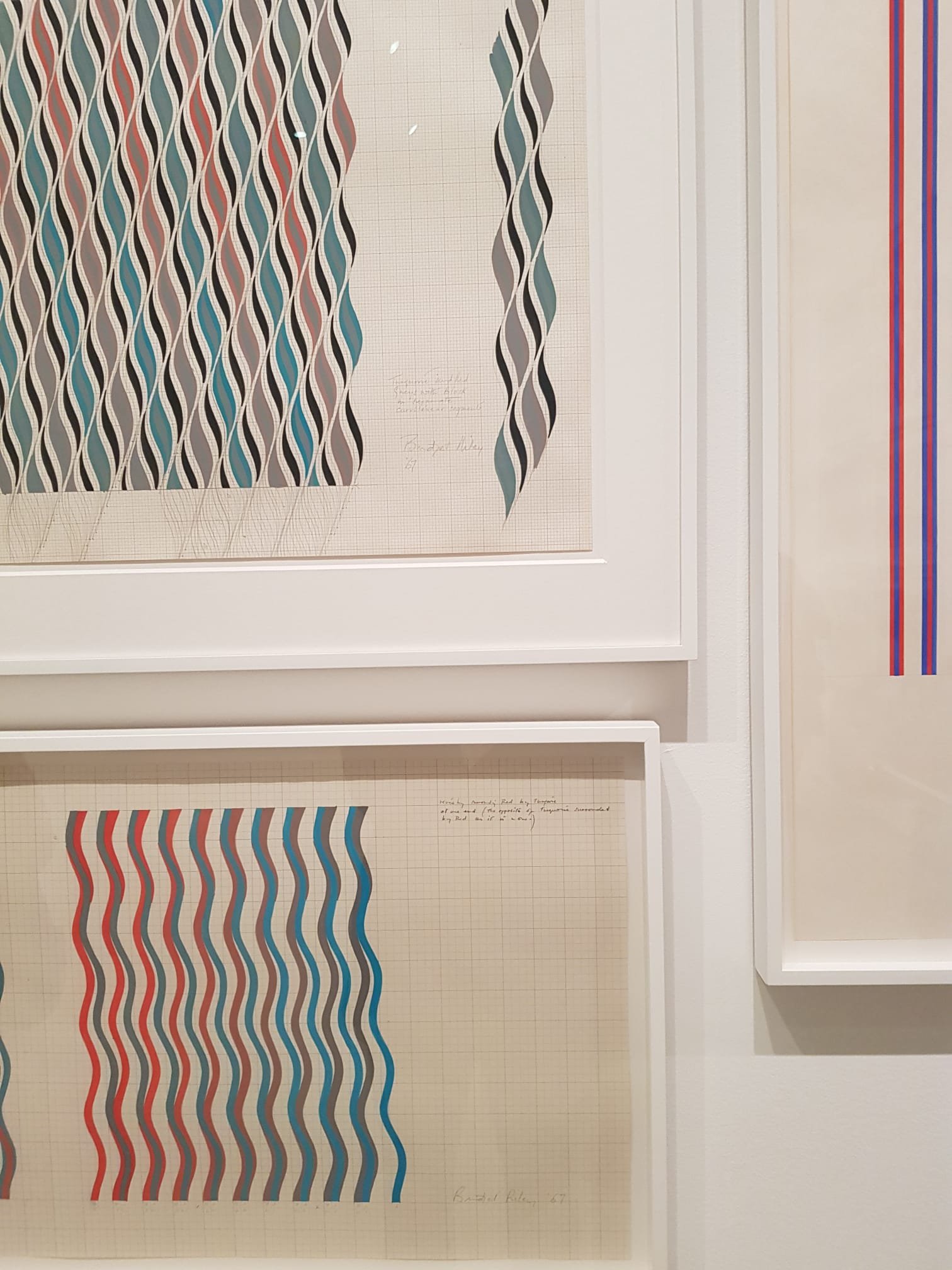

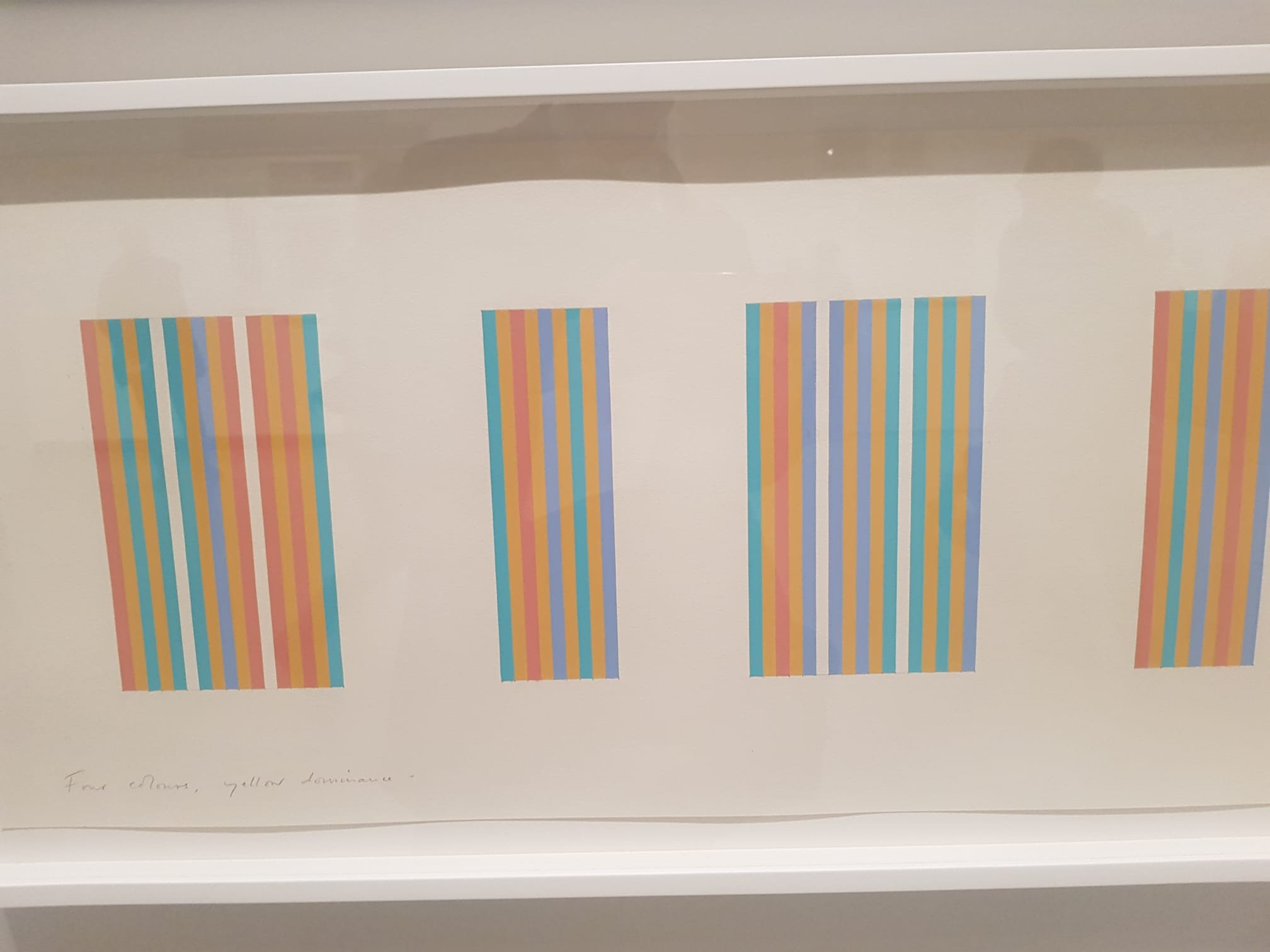
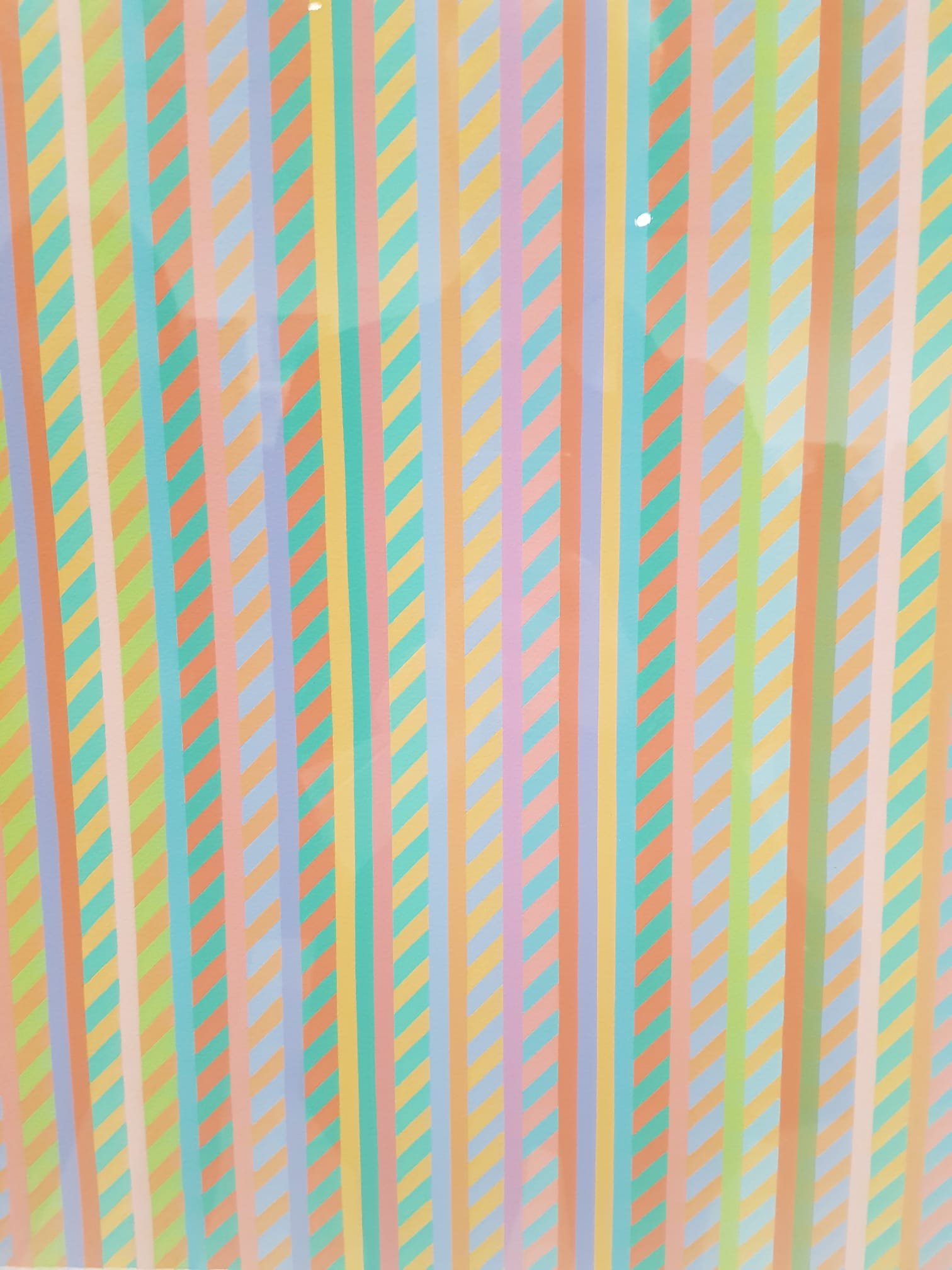

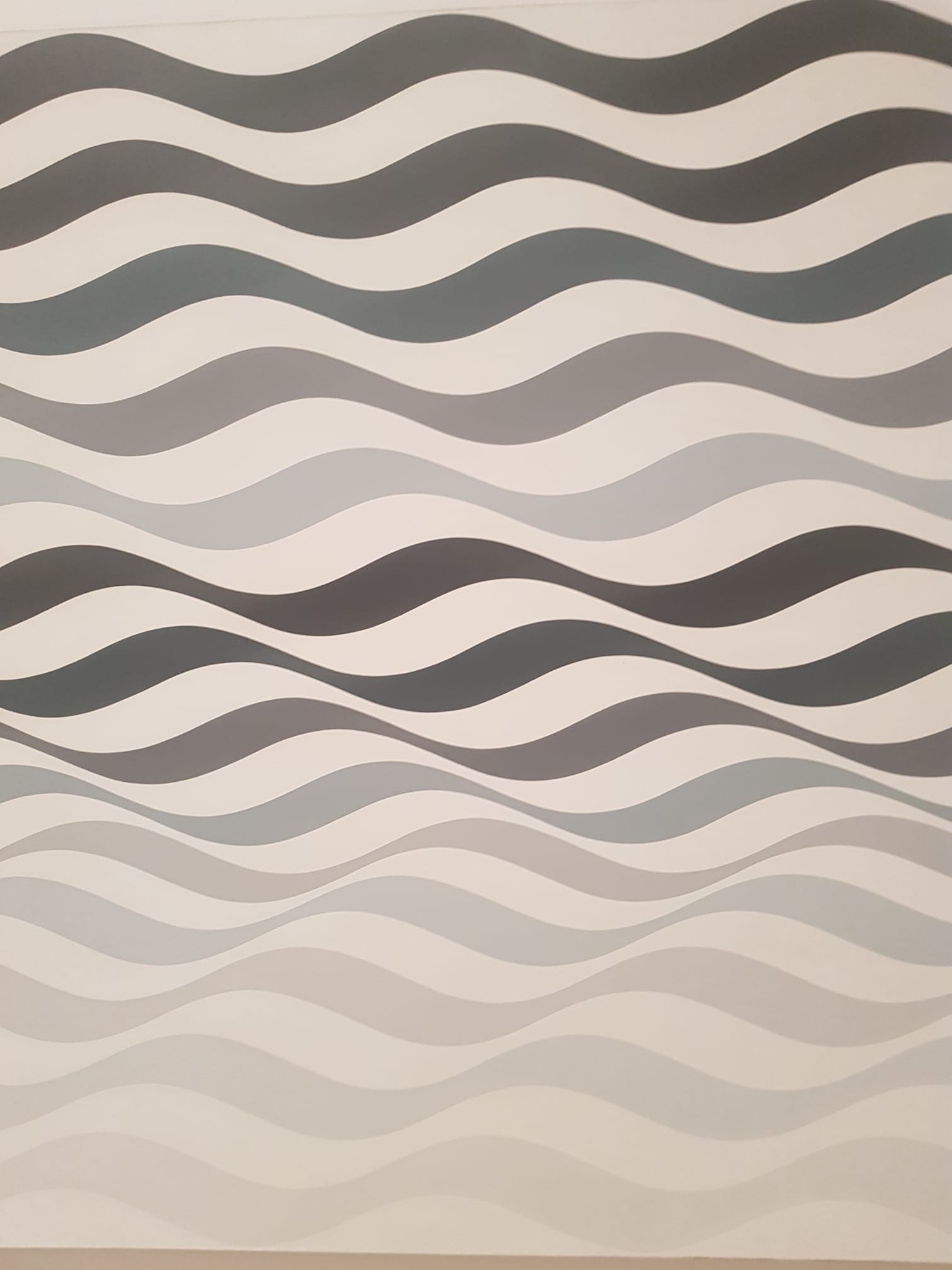
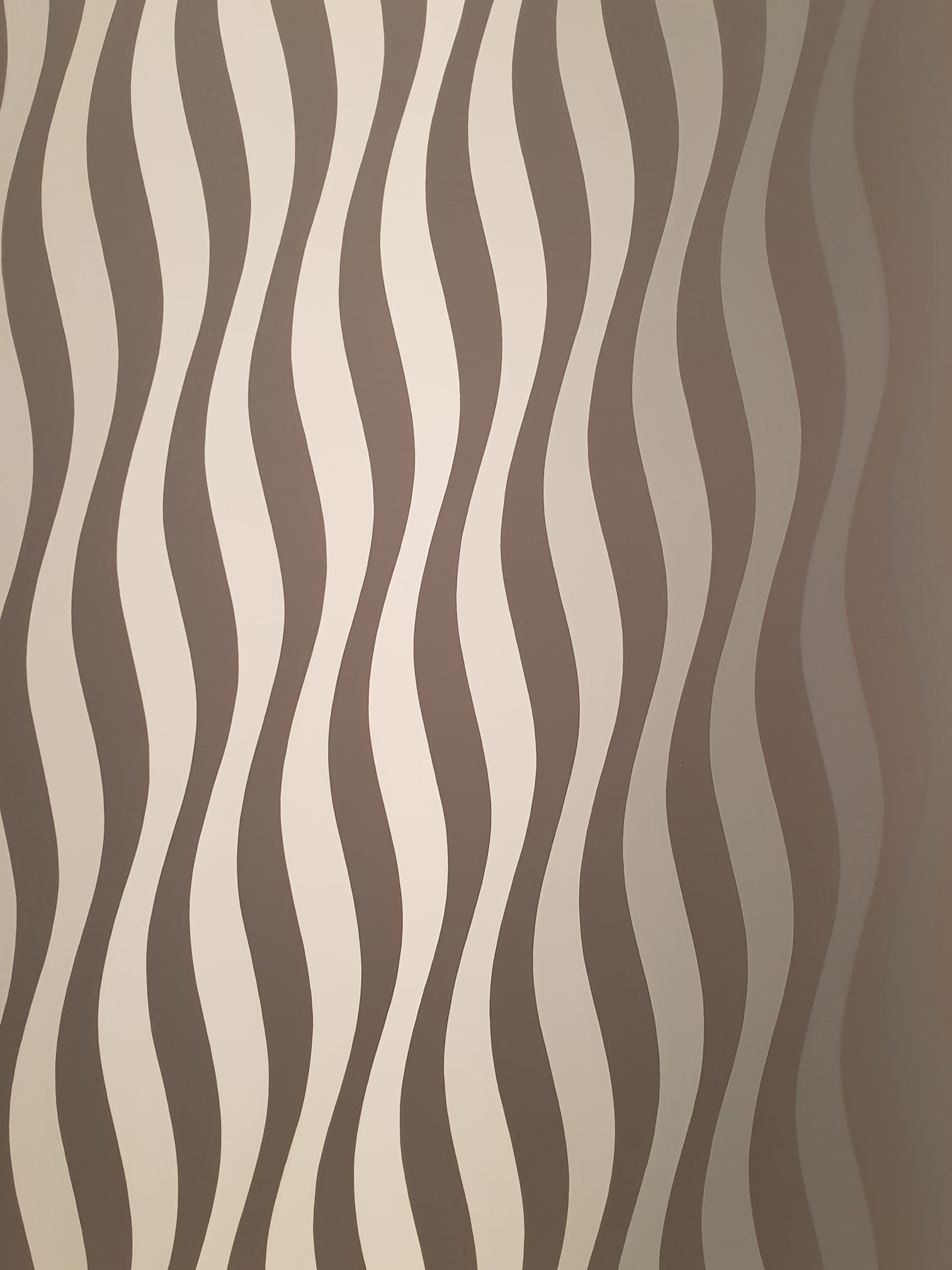
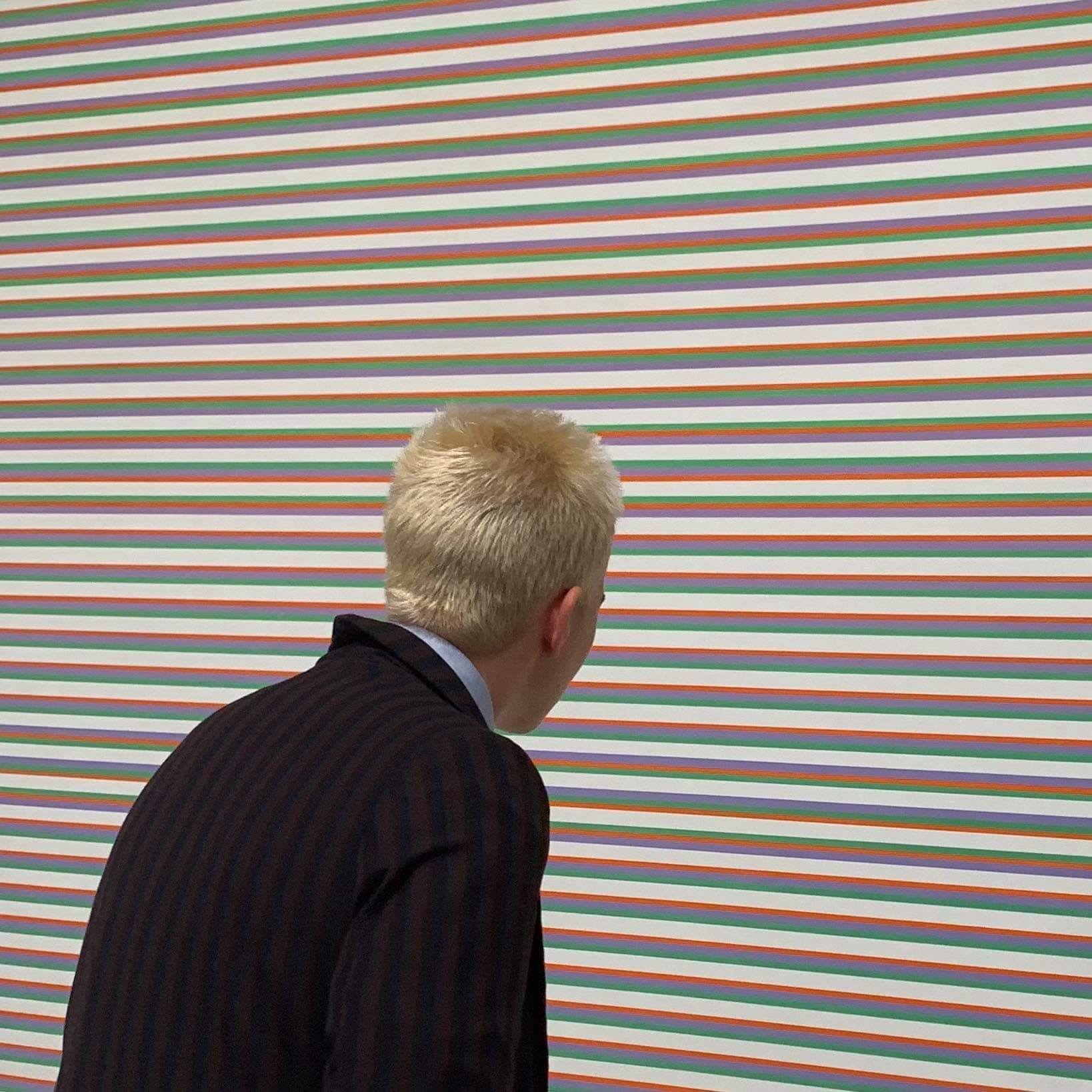
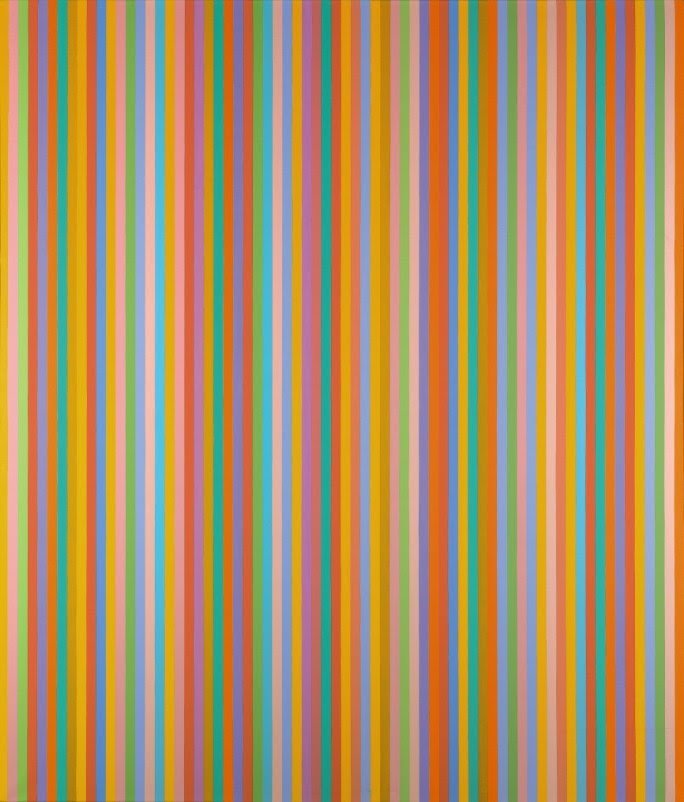

On the 23rd of October (2019), we went to visit Bridget Riley’s exhibition at the Hayward Gallery (Southbank Centre, London).
As her works, which are some of the most important optical art paintings ever, were meant to be the main source of inspiration for our project, we spent a whole day taking notes, pictures and discussing ideas while walking around the gallery.
We got interested, mostly, by the perfect symmetry of the compositions, by the alternation of pastel and bright tones and colours, and by some of the sketches that showed how the artist worked and planned the structure of her paintings.
It was after that day that we started developing a clearer idea of the kind of film we were going to produce, and of the concept and aesthetic of it.
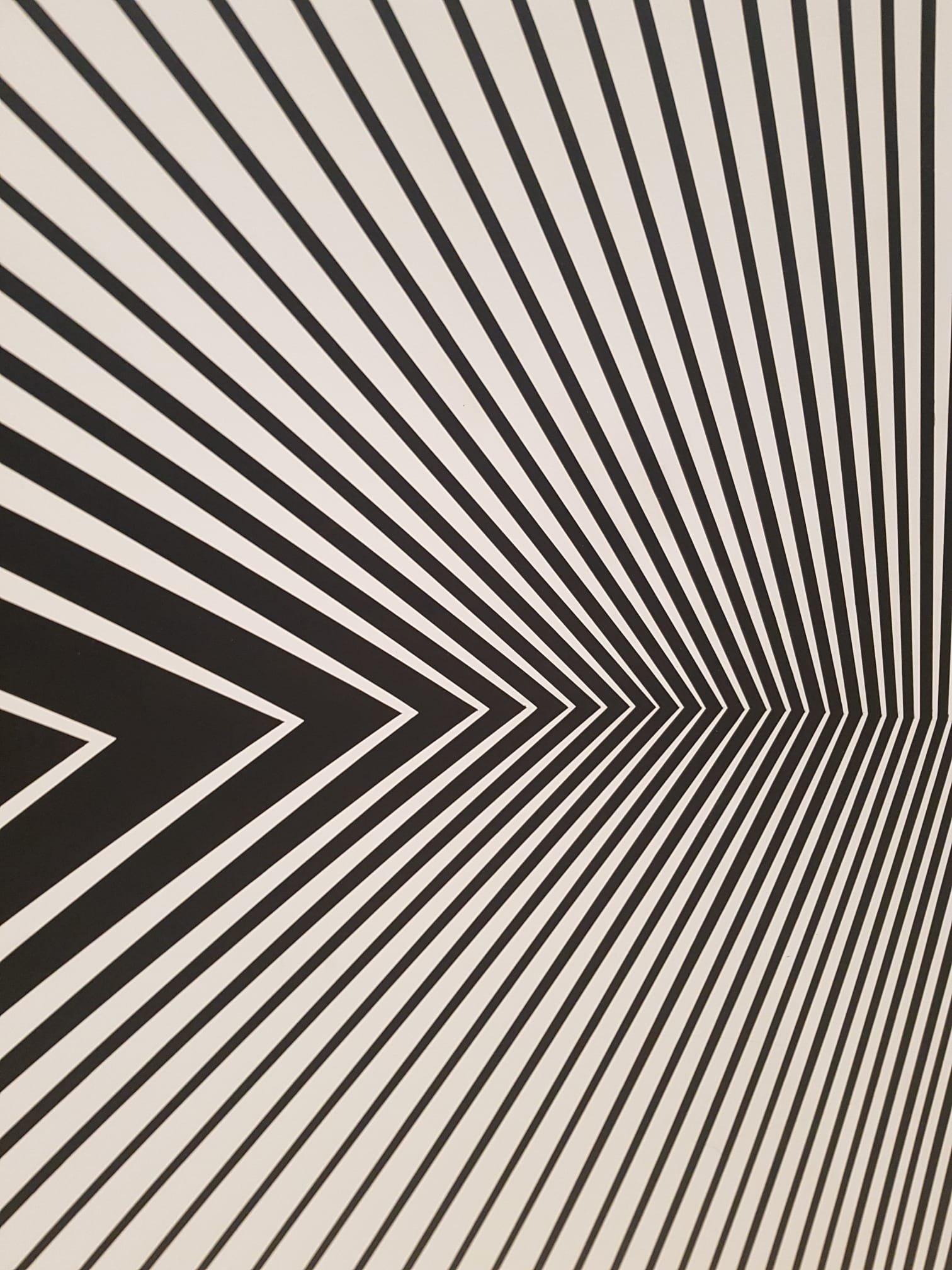
The making
Starting with some really simple, basic-structured shots, we recorded a short teaser of our idea, which was based on the re-creation of Bridget Riley’s most interesting paintings through moving images, in order to convey in film that illusionist, almost psychedelic effect that characterises optical art.
The shooting and editing process were quite complex and long (everything has been edited using After Effects, after few filming days in the green screen studio at CSM), as we had to build intricate compositions from single, very short clips of actors moving, and to pay particular attention to the colours we wanted to achieve in the final product.
The whole making of the 3- minutes film took us over a month, and at the end, as we really cared about the video being as detailed as possible, we realised the ending and opening credits using the same clips to create a moving alphabet.
At the end of the process, we added and synchronised the soundtrack we had chosen from Haas’ catalogue but, as it was our prior decision to highlight the visuals over the music, we adapted this last one to the compositions we had already, speeding it up or slowing it down in order to achieve a nice flow in the film.
